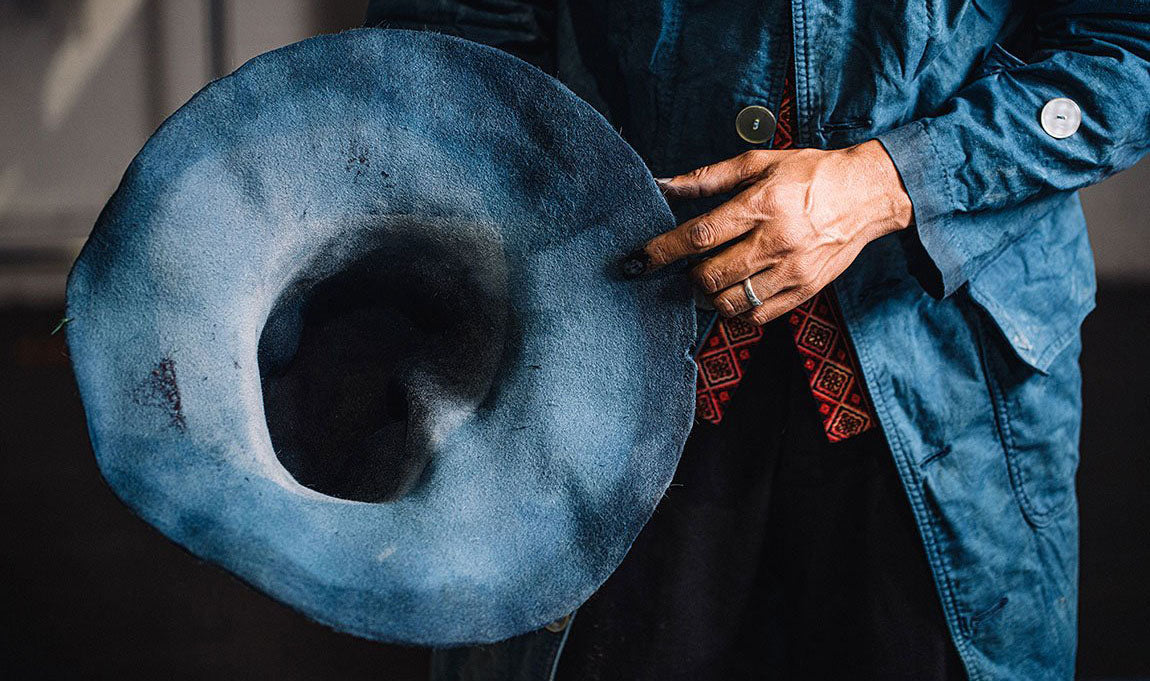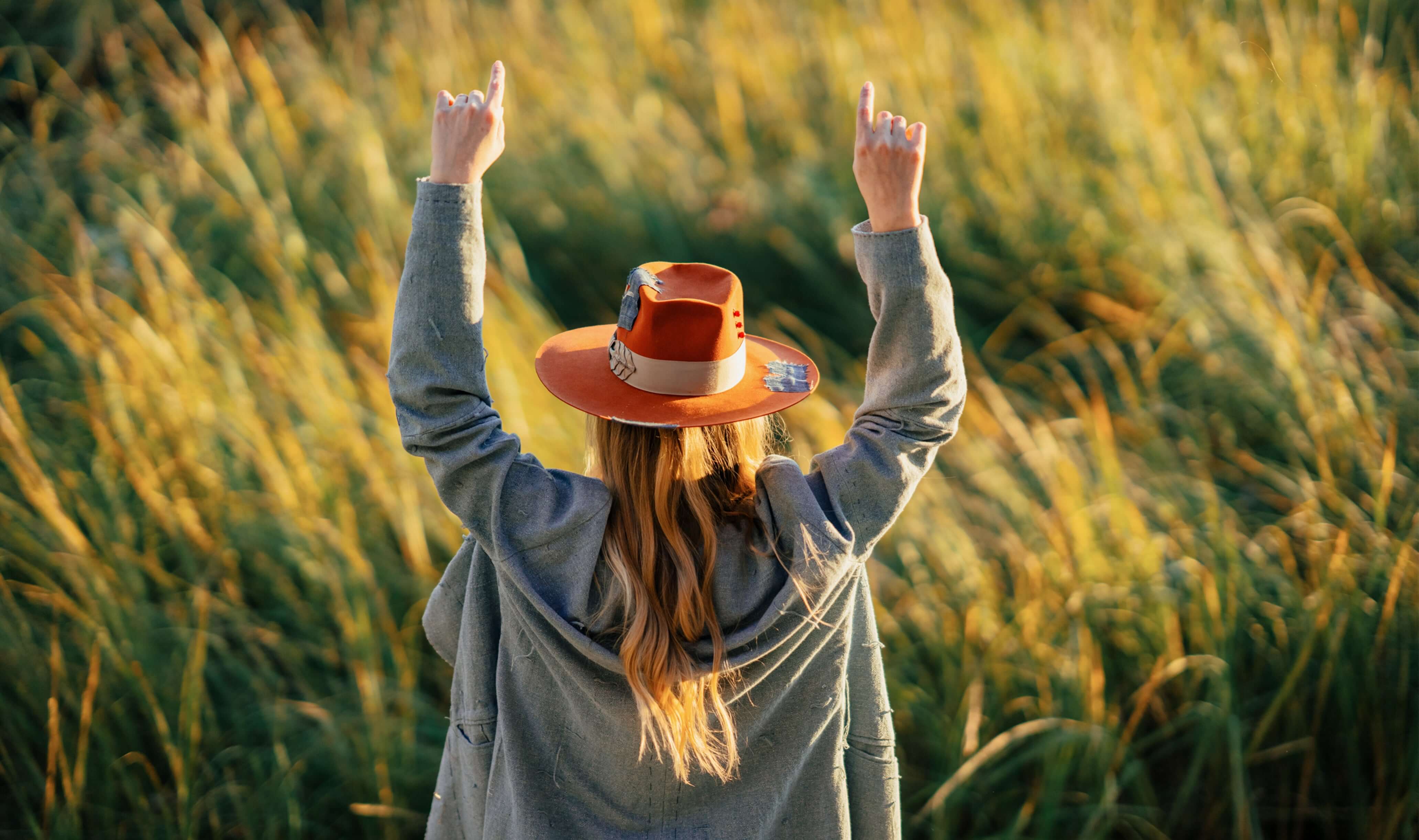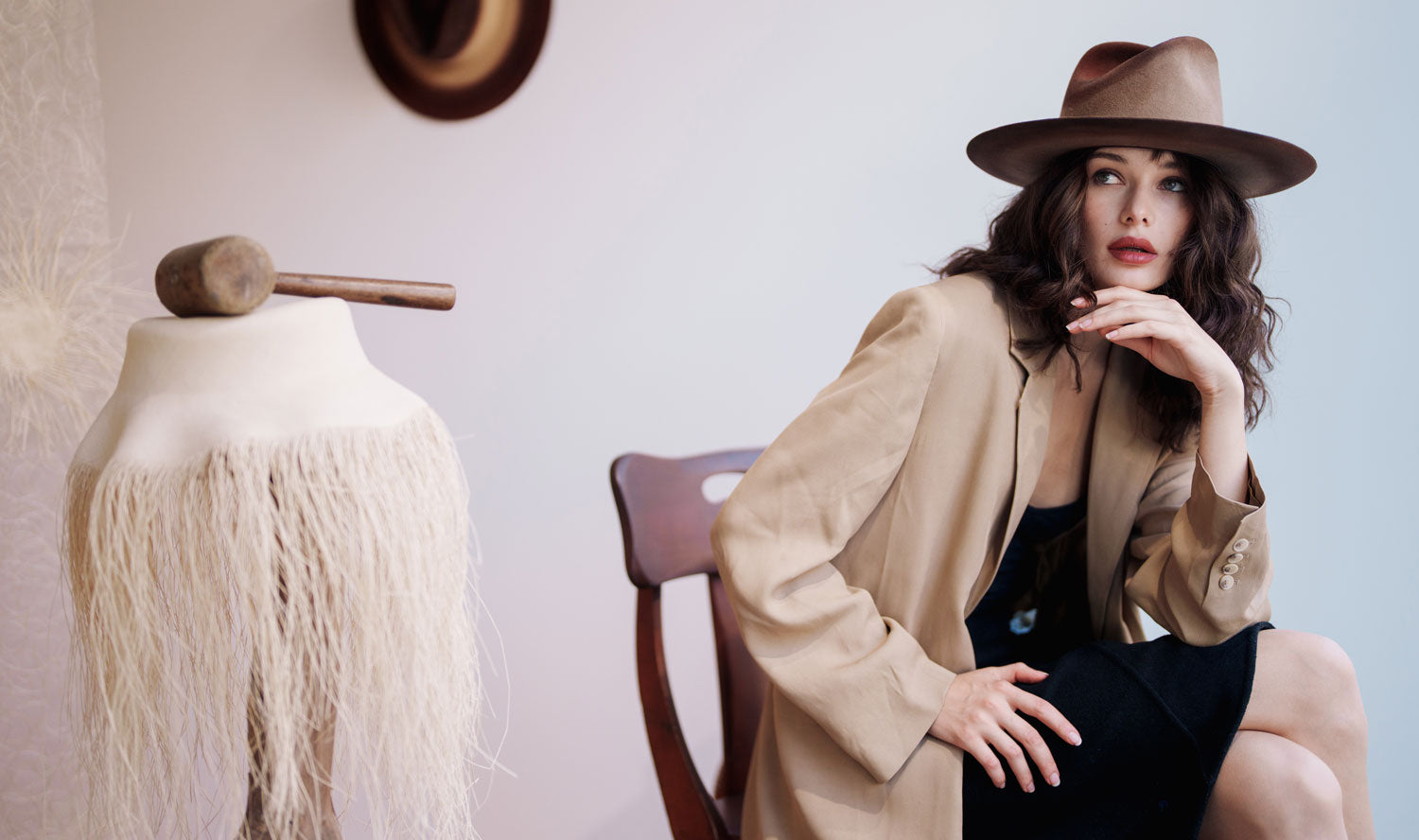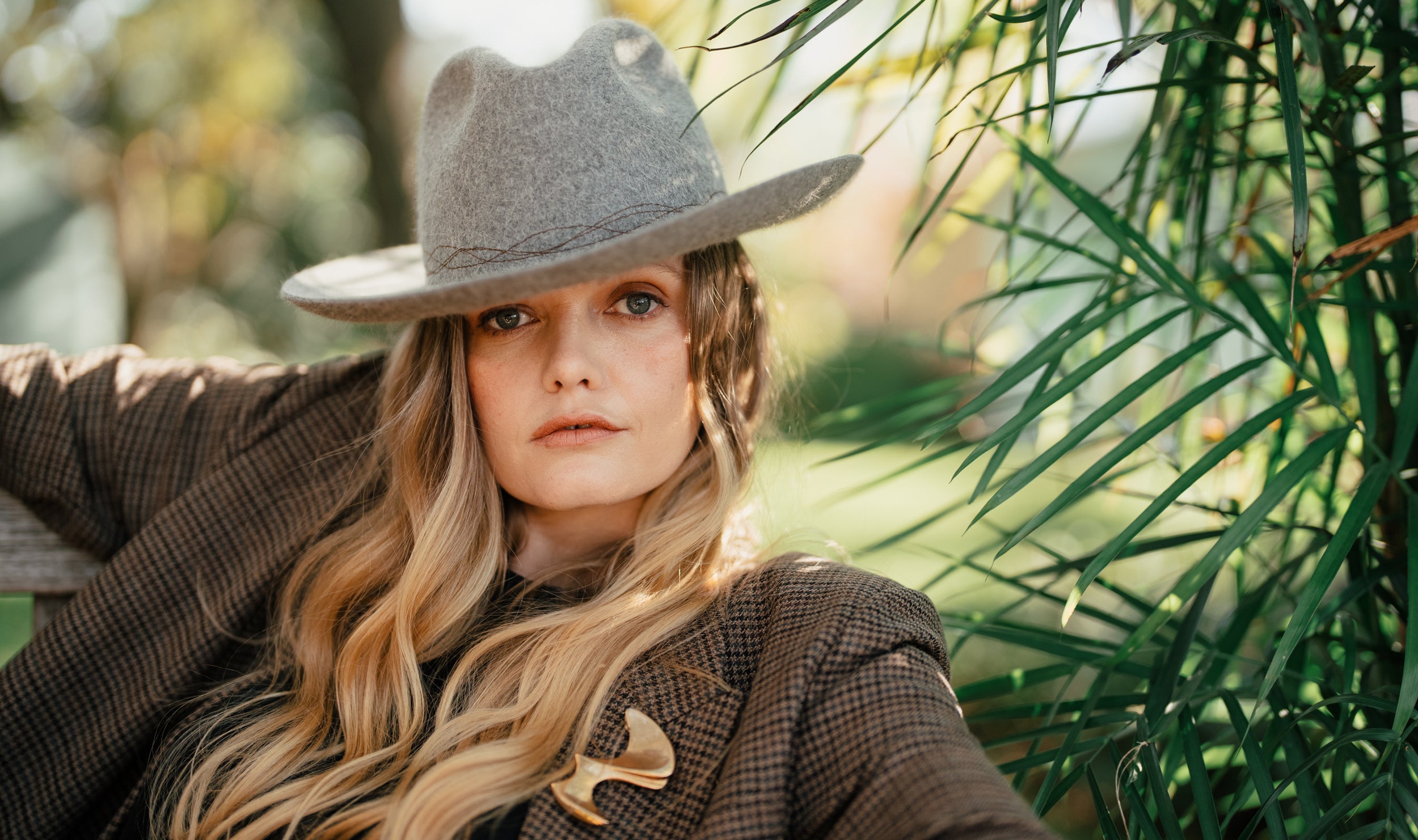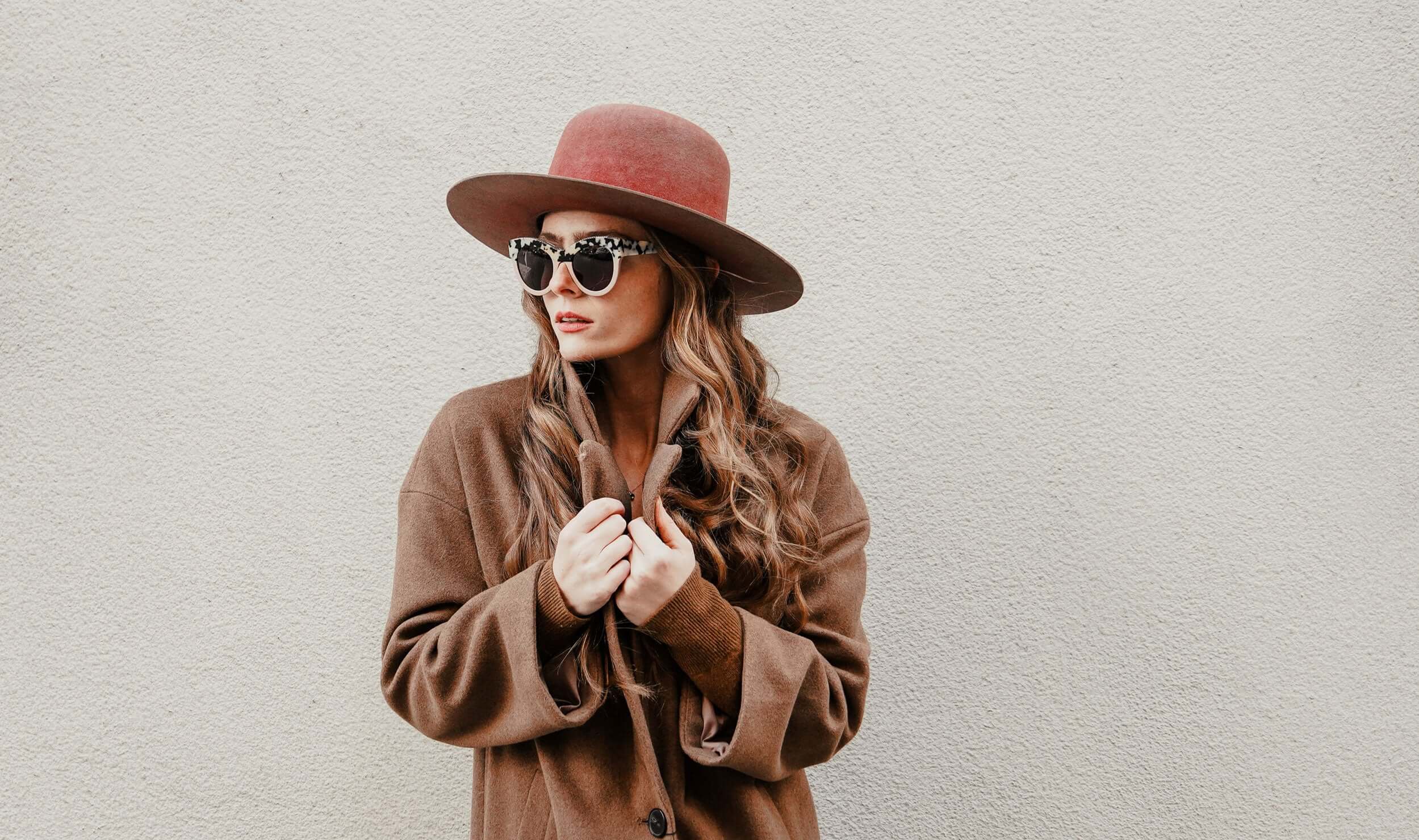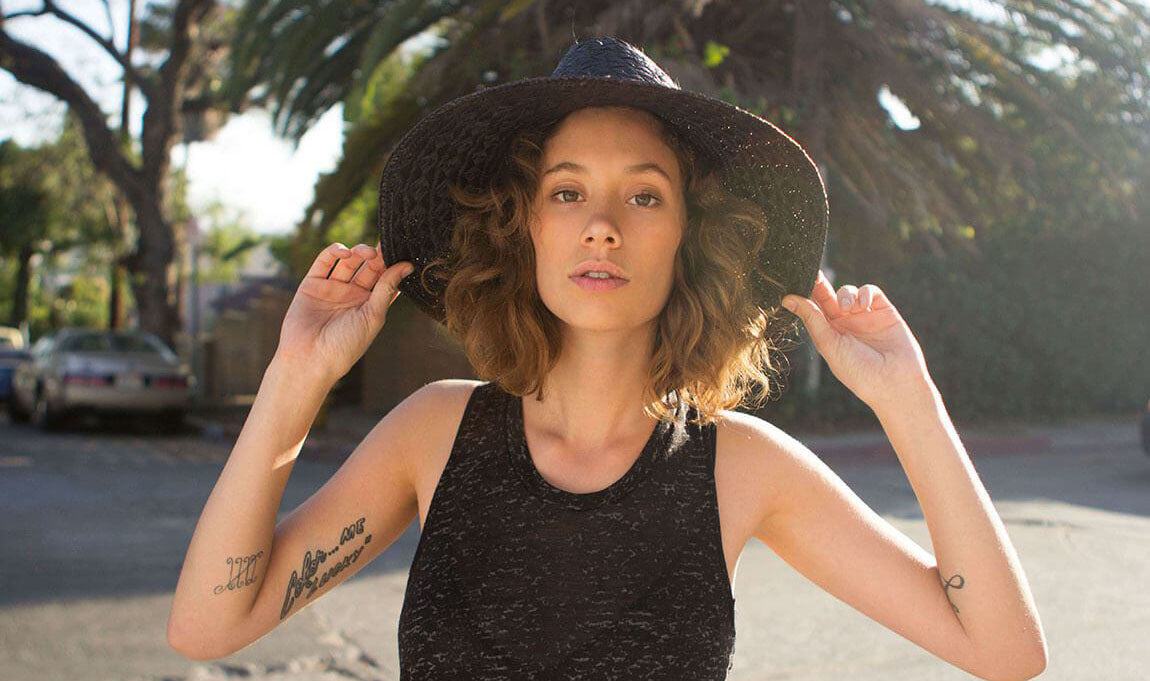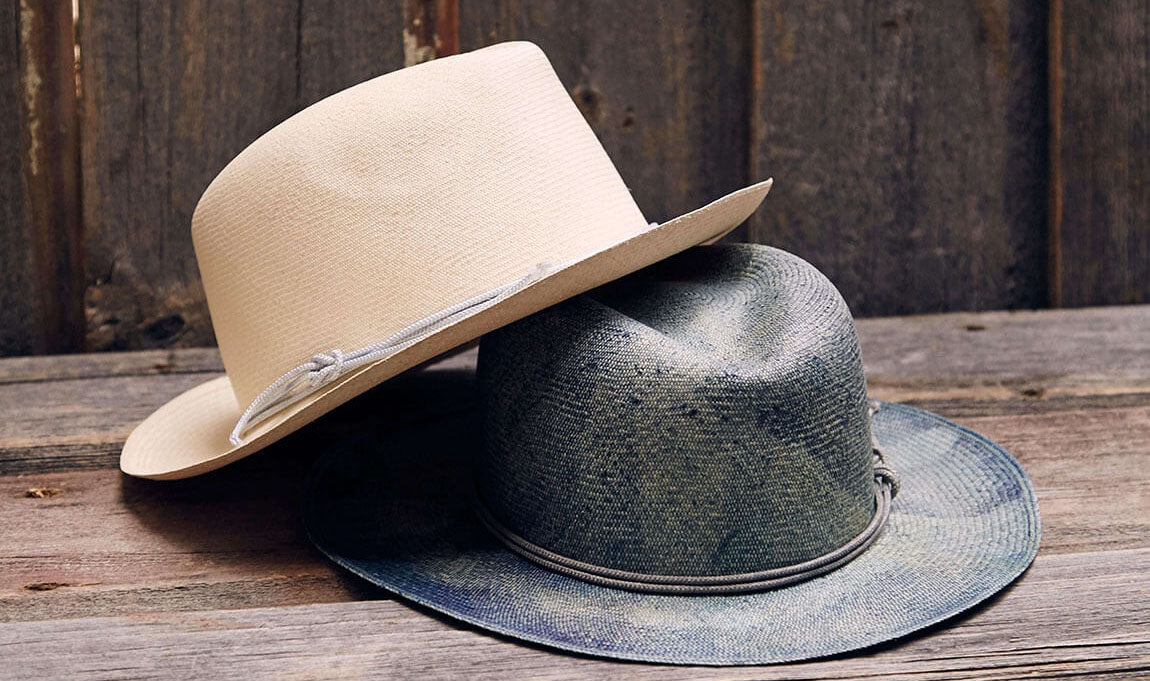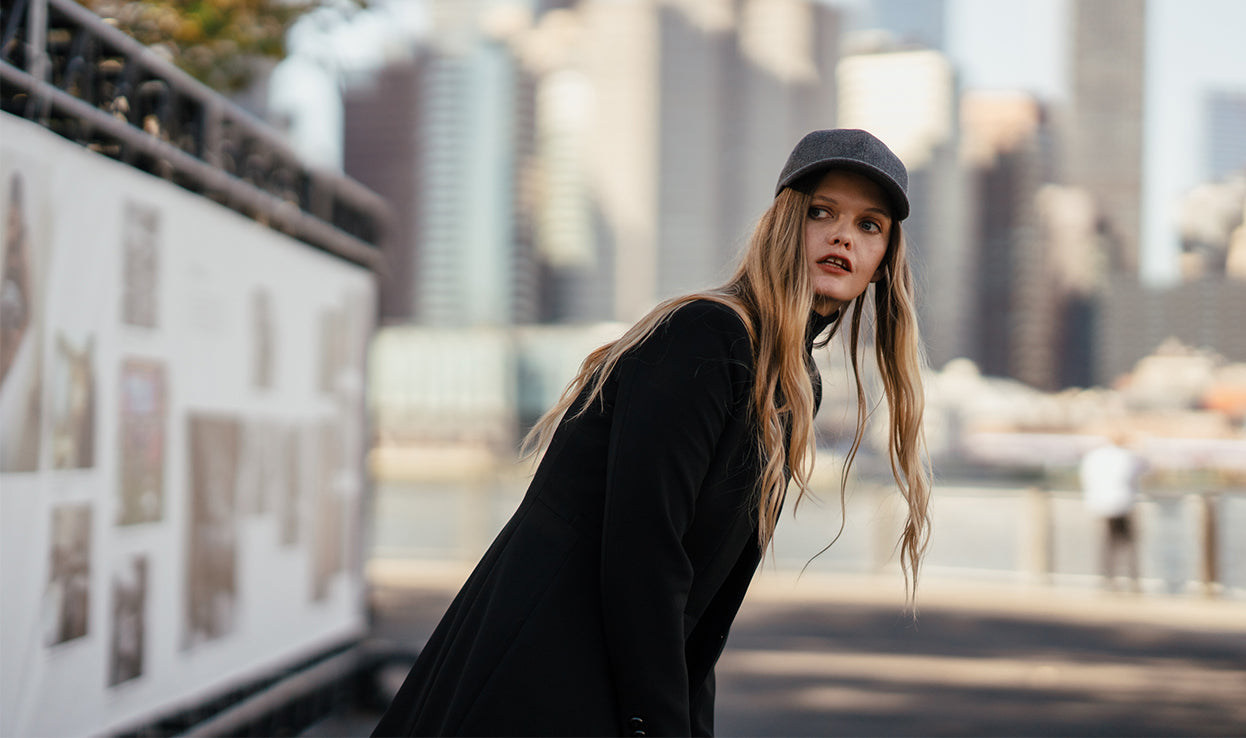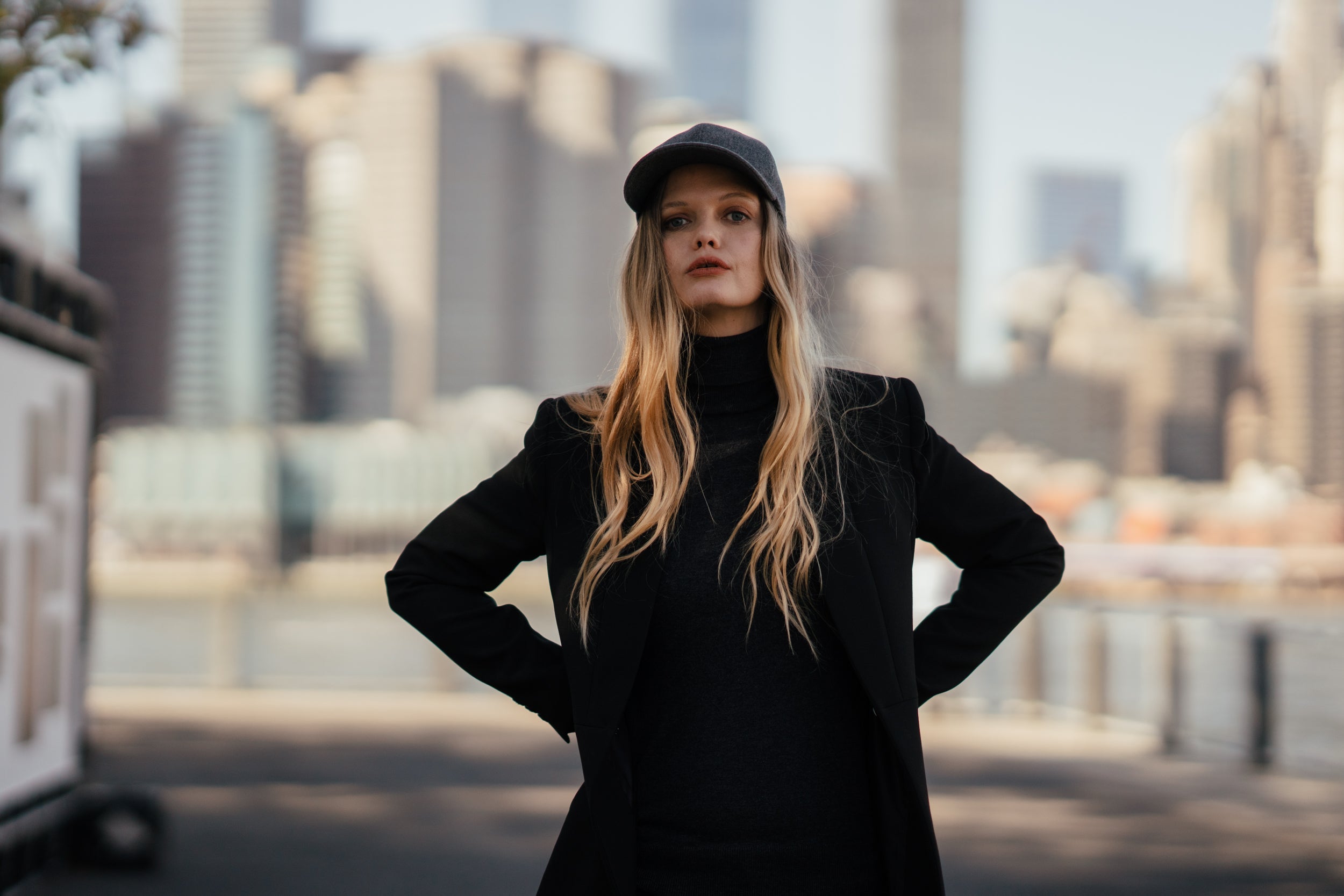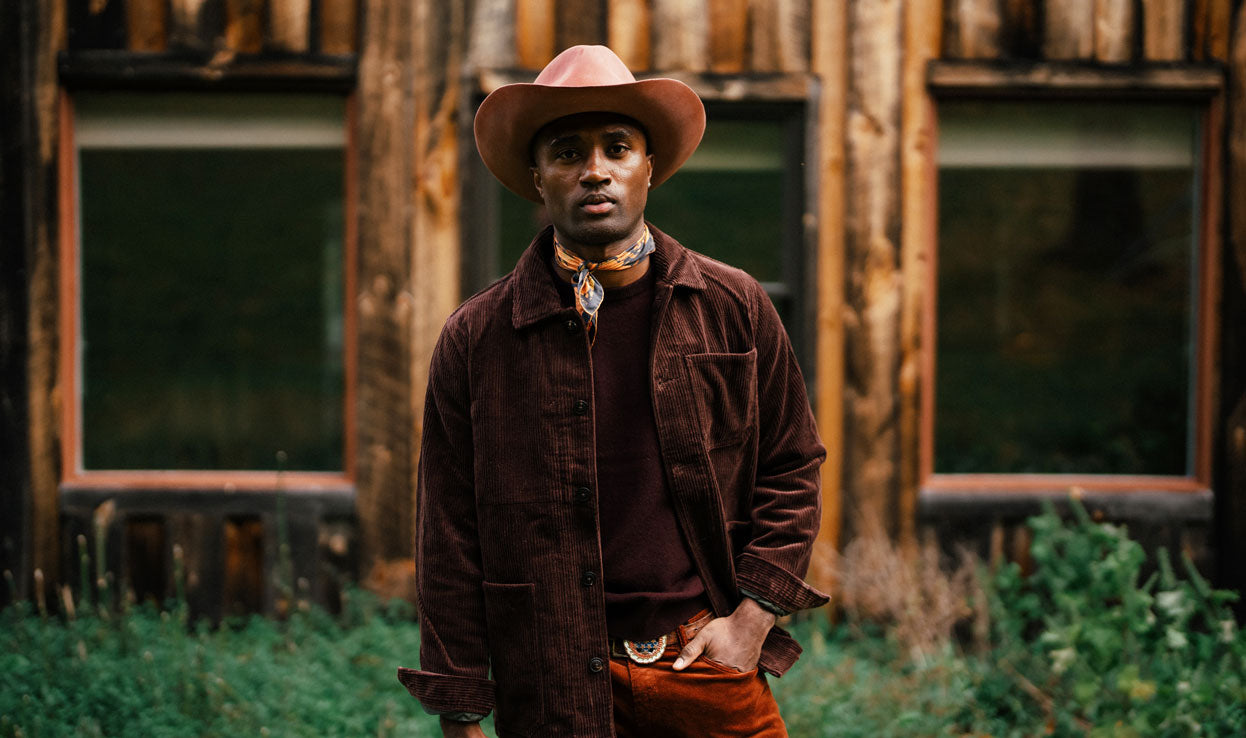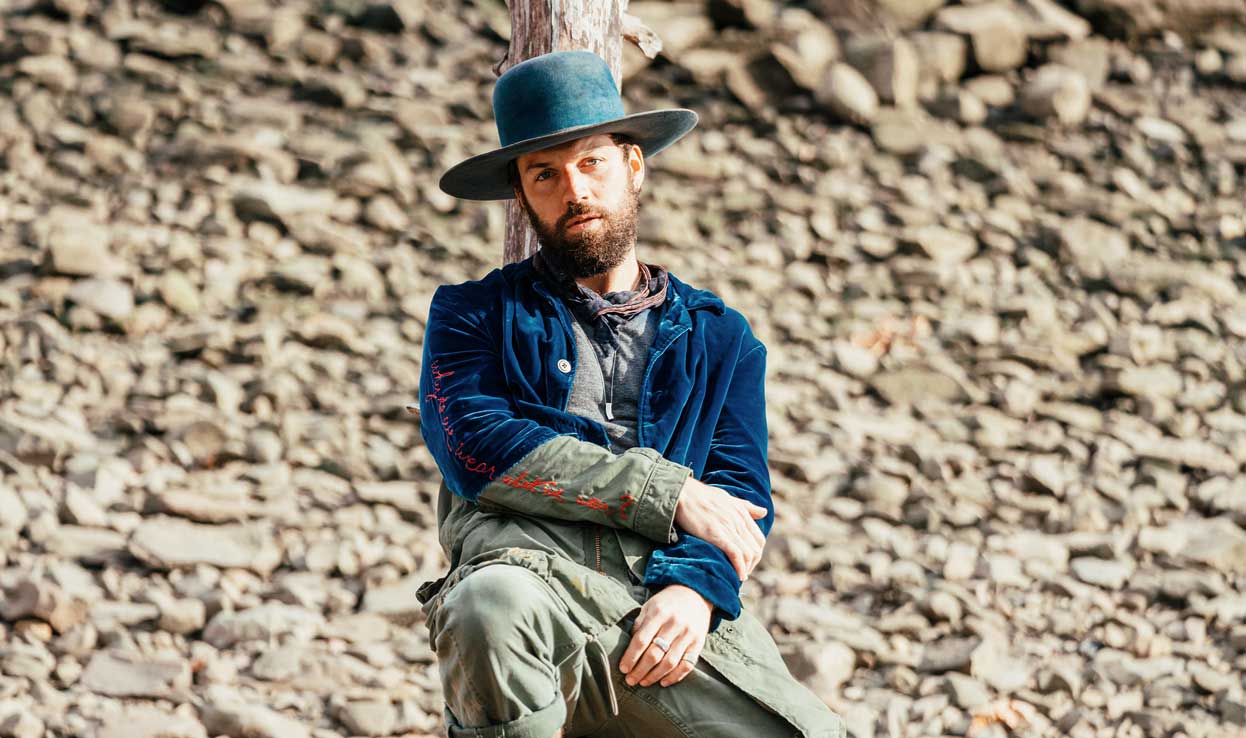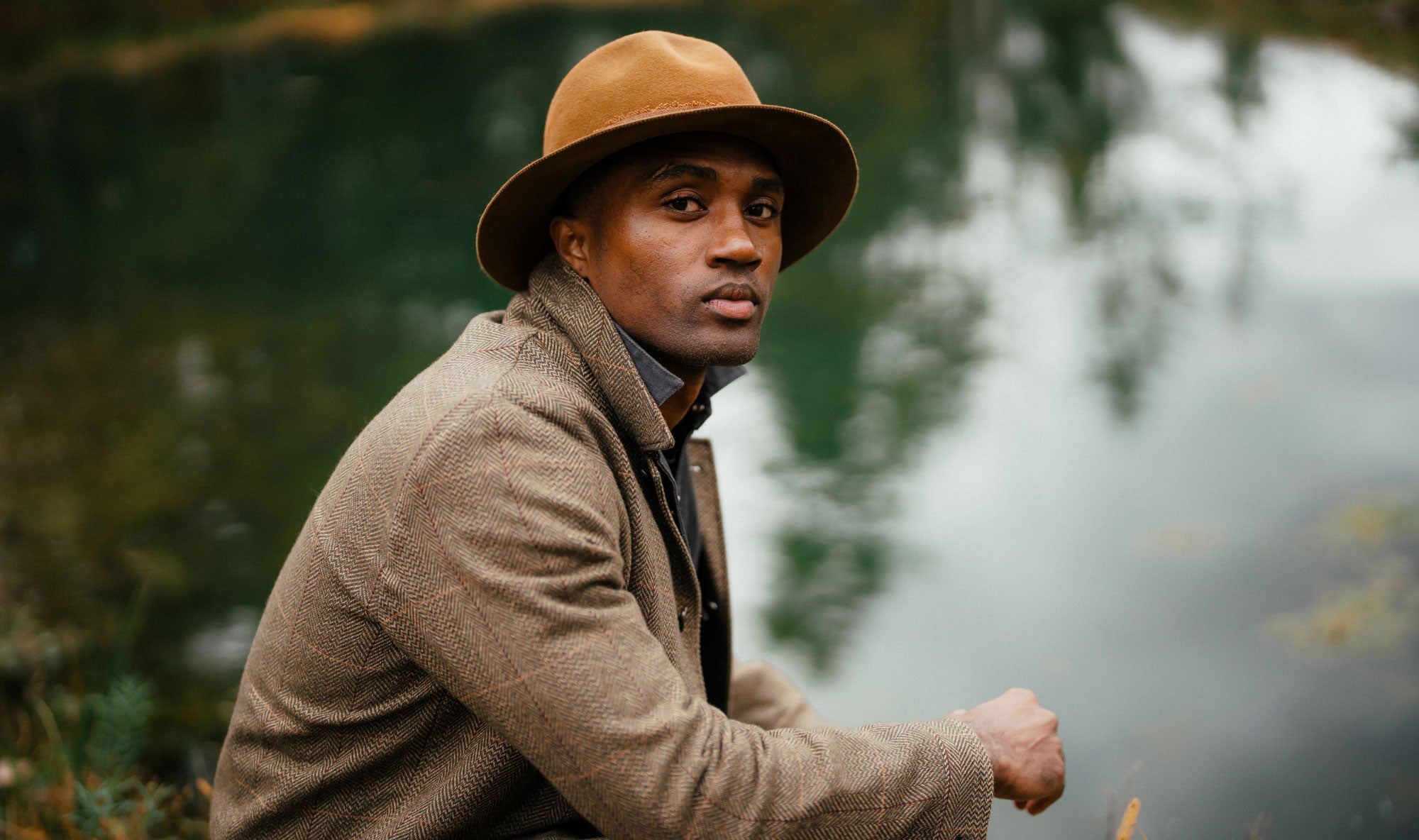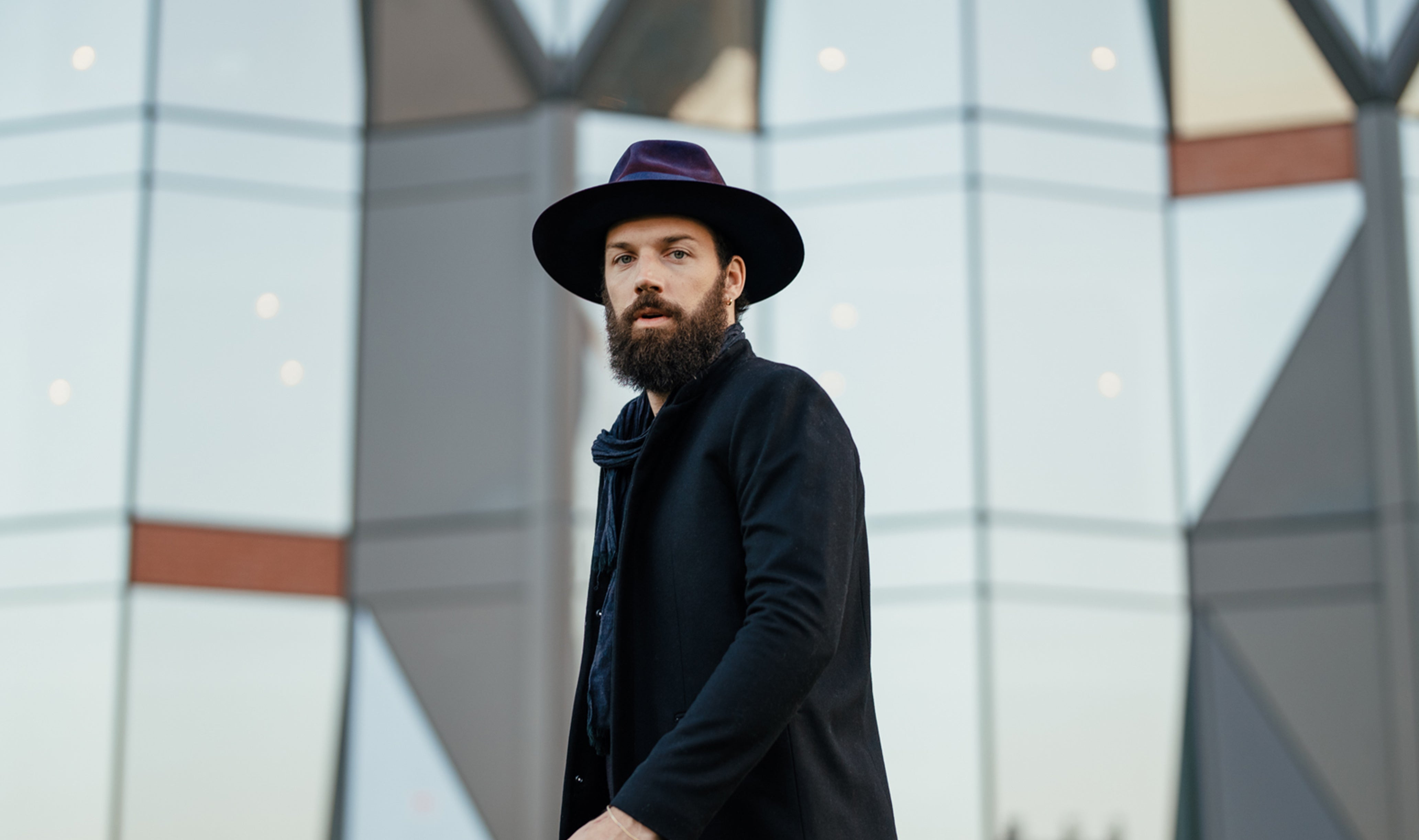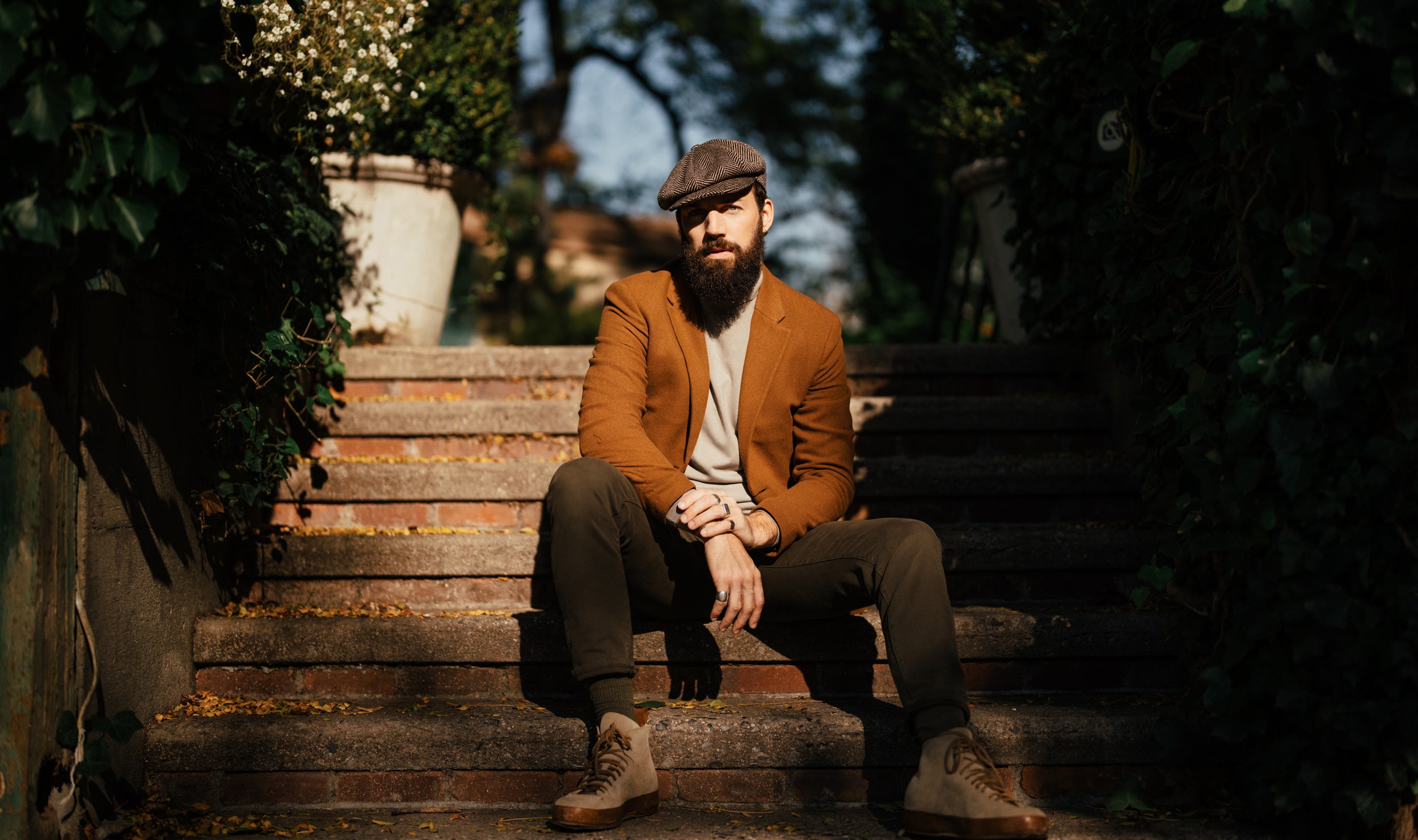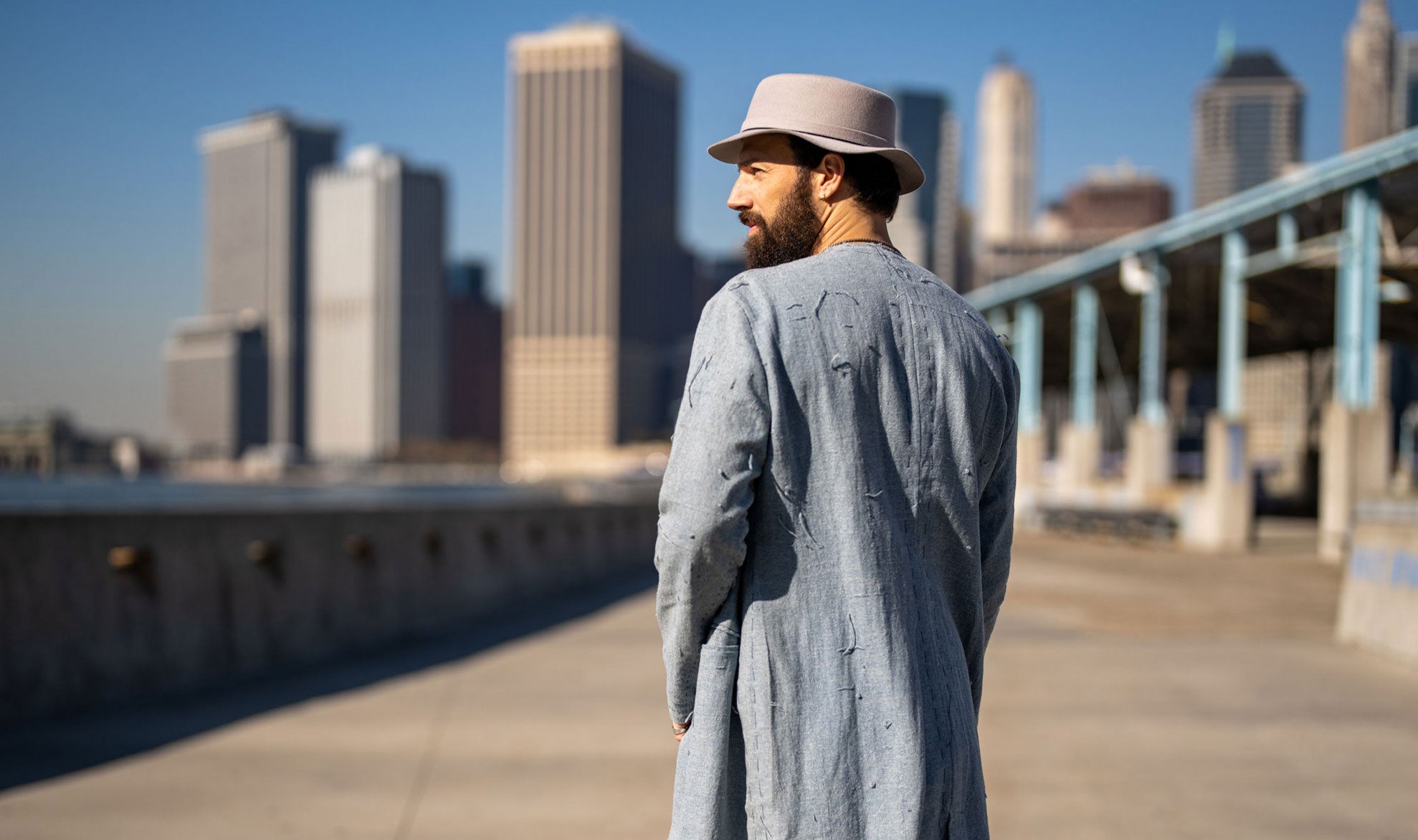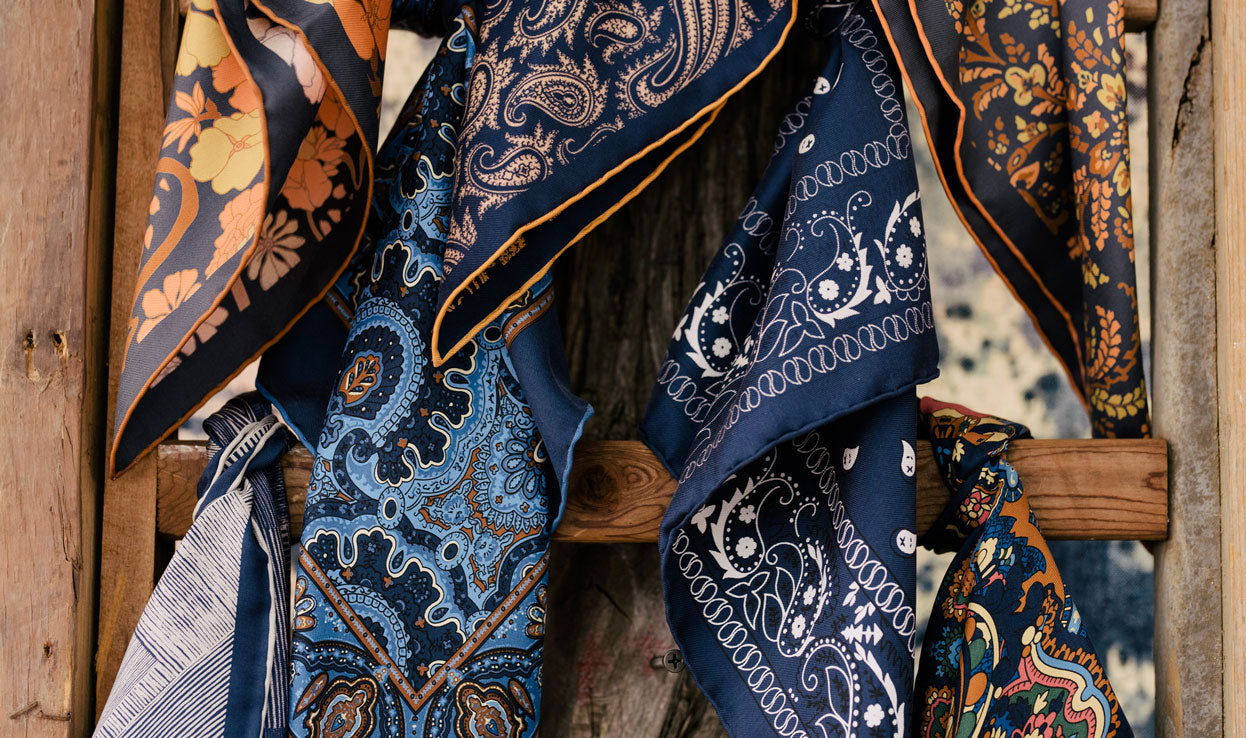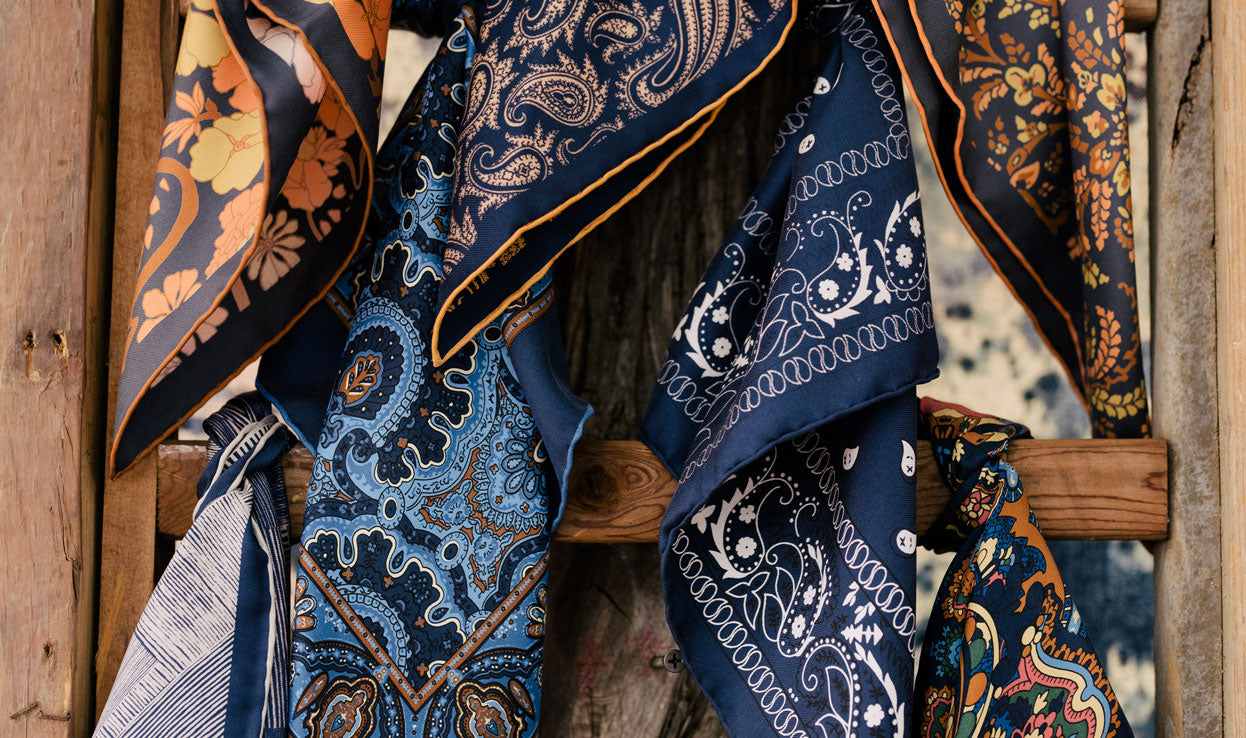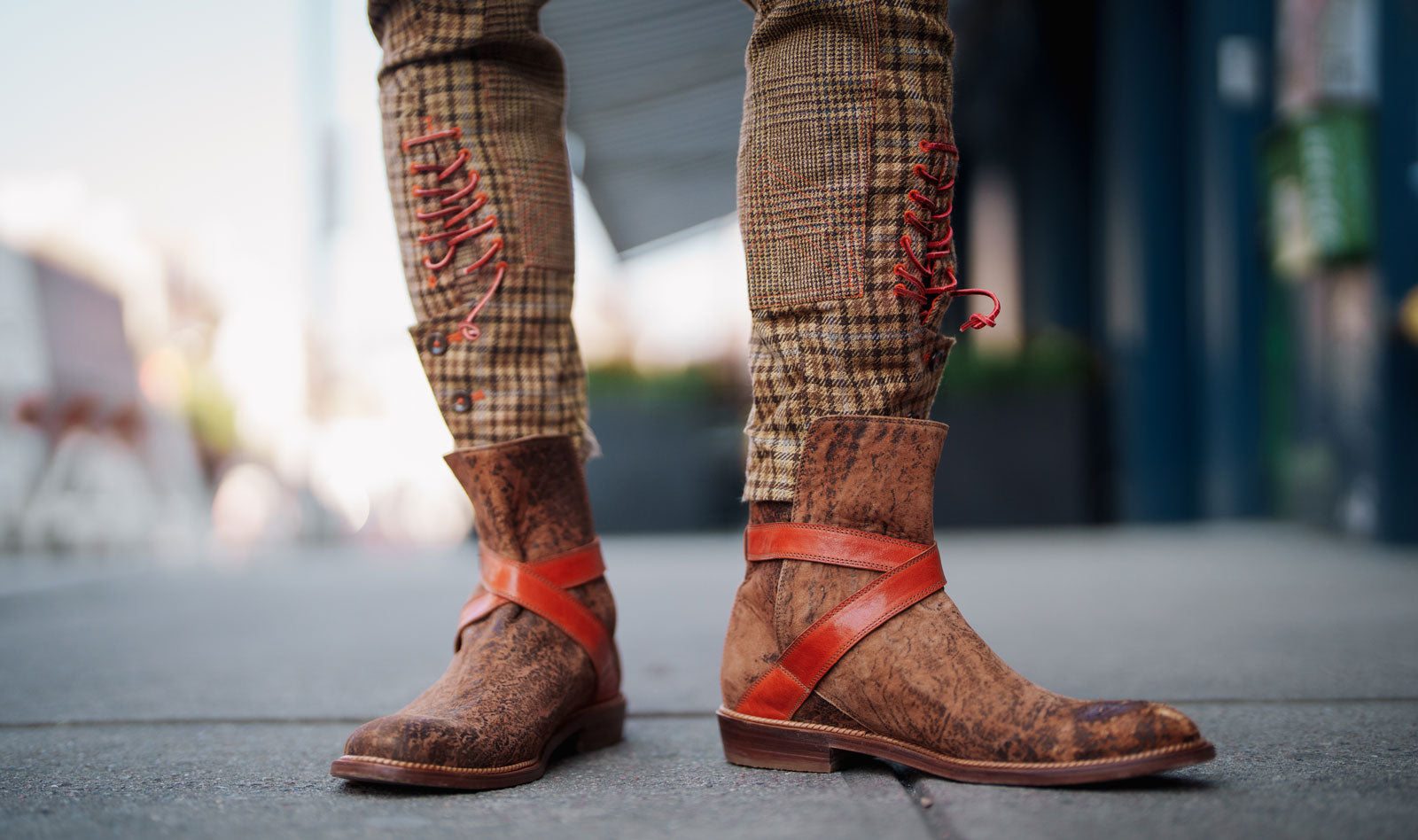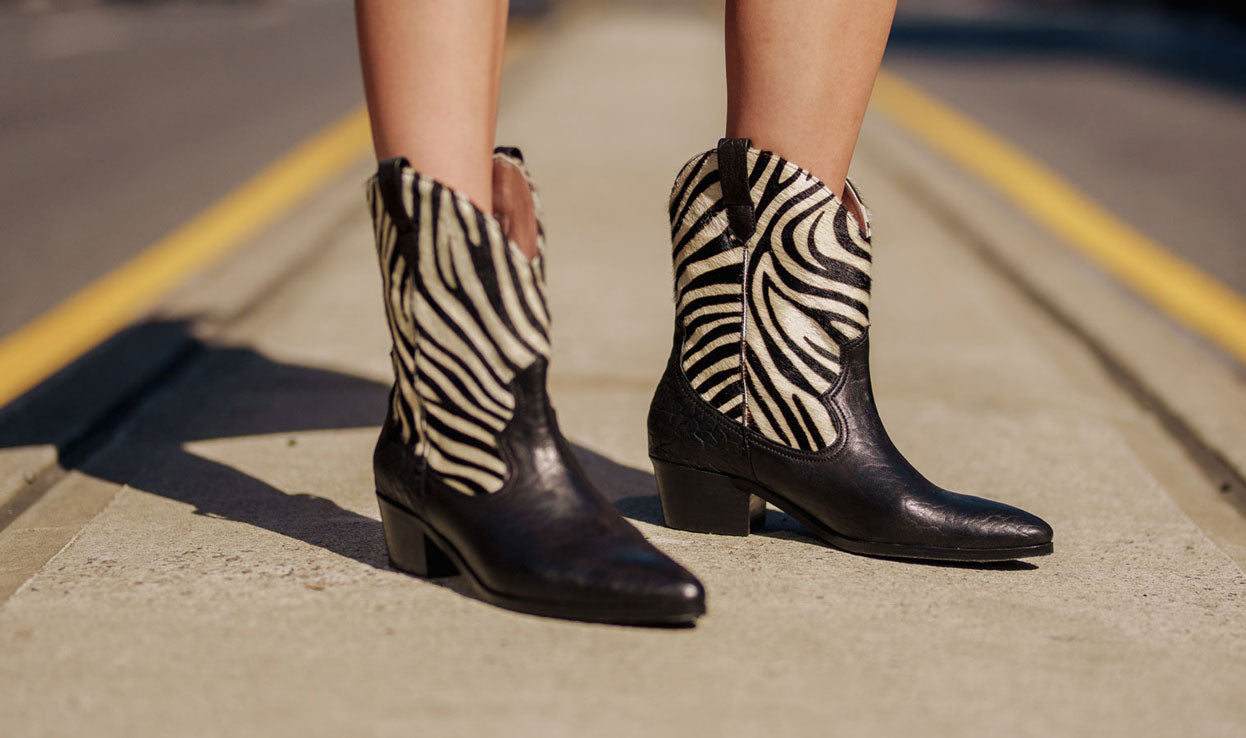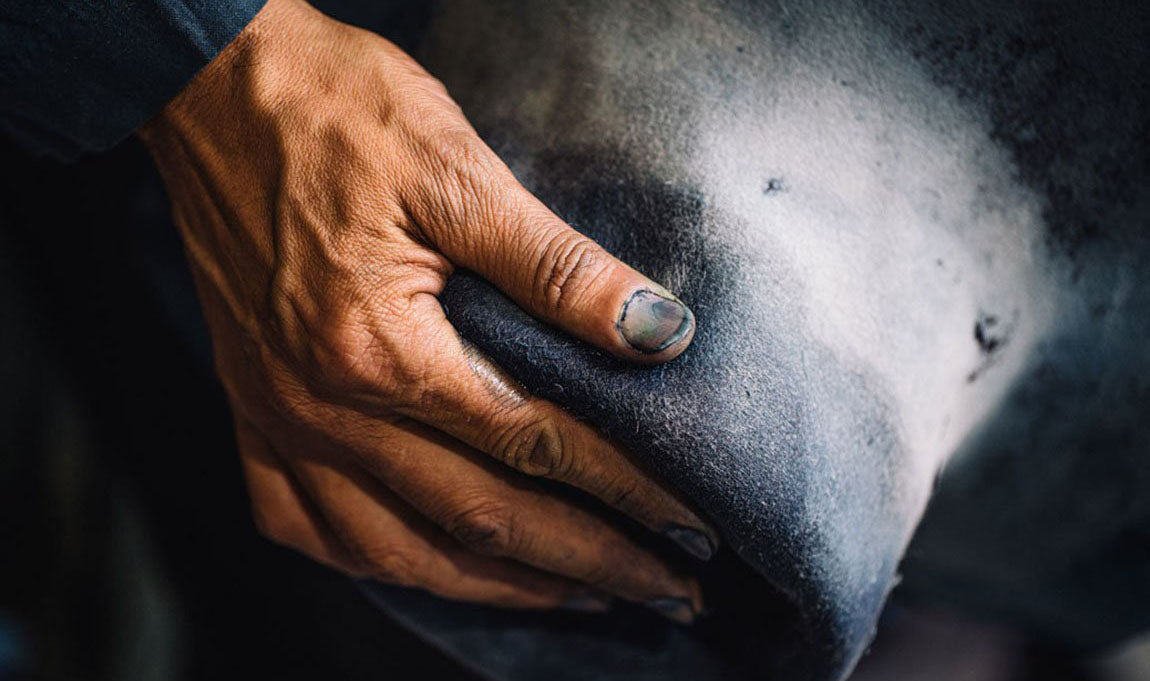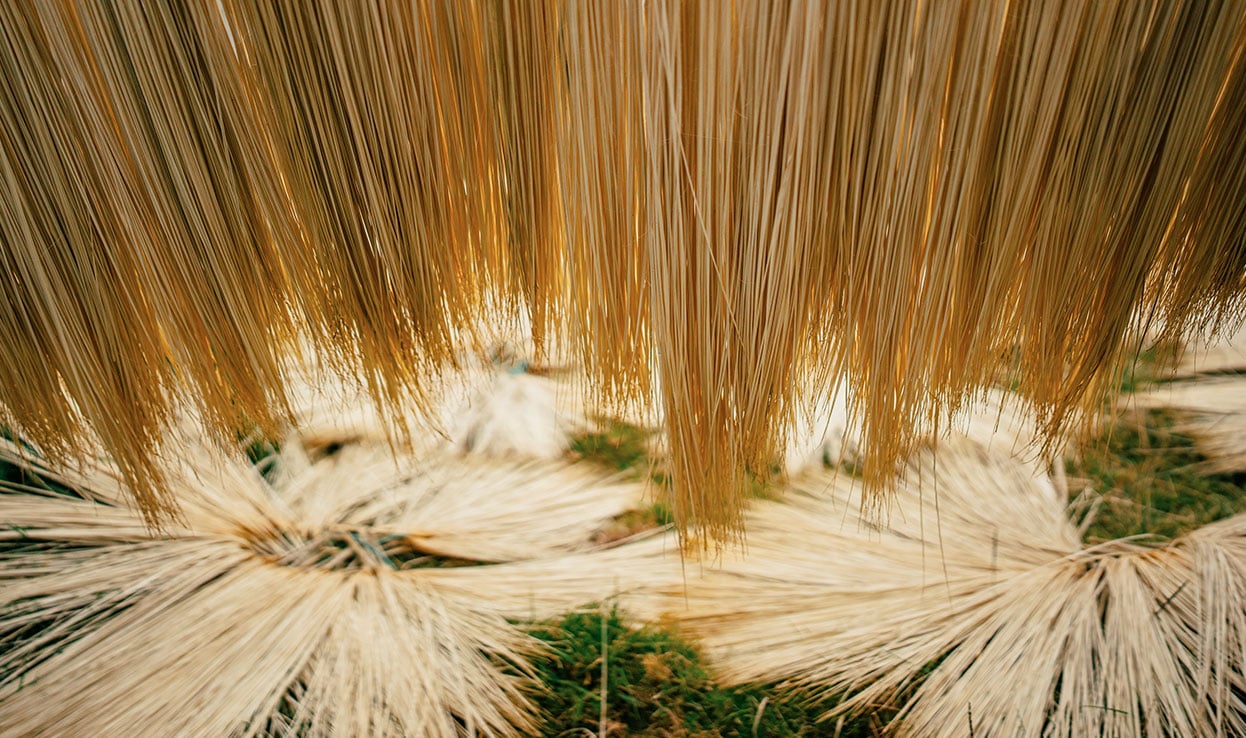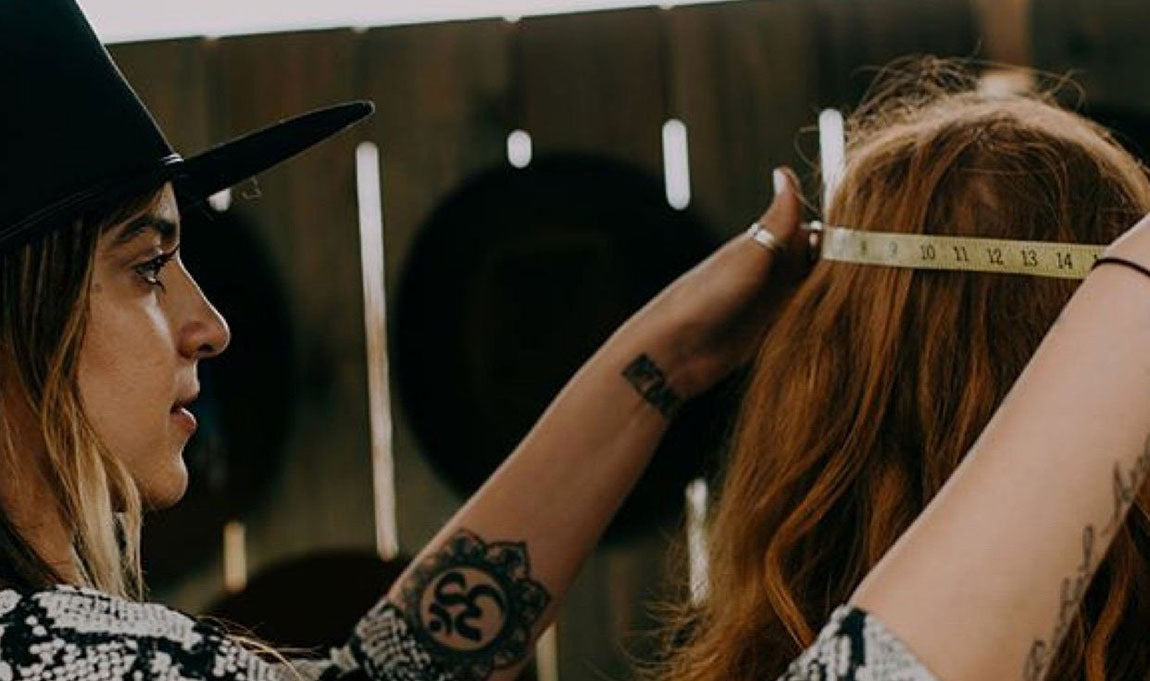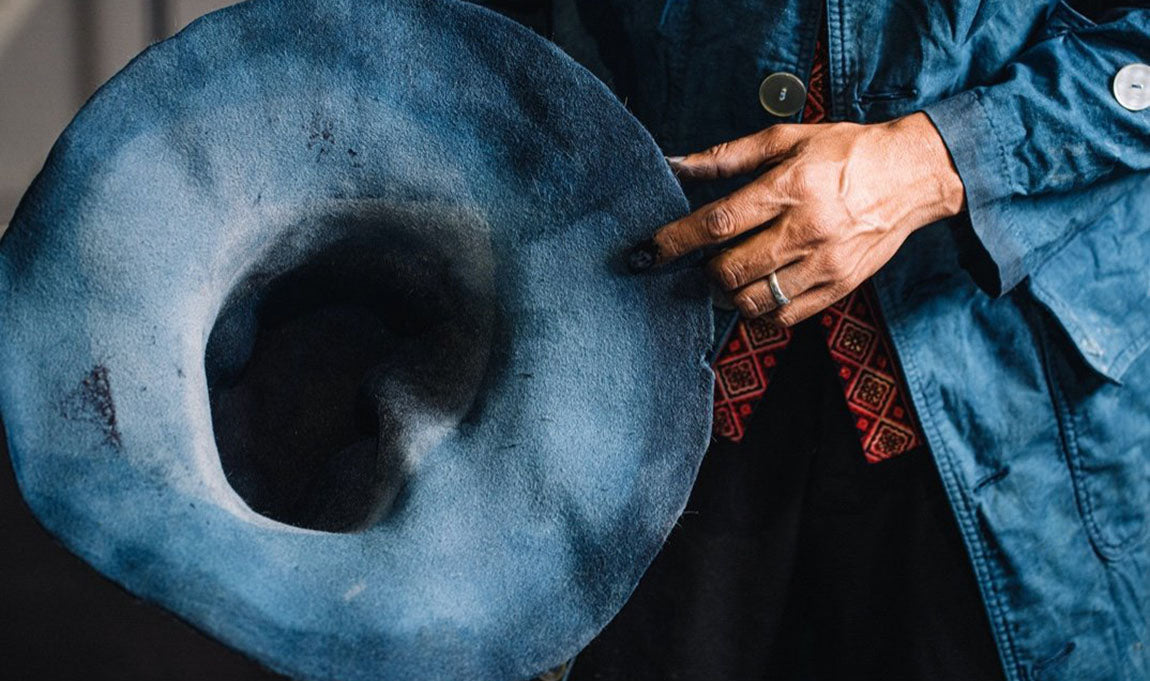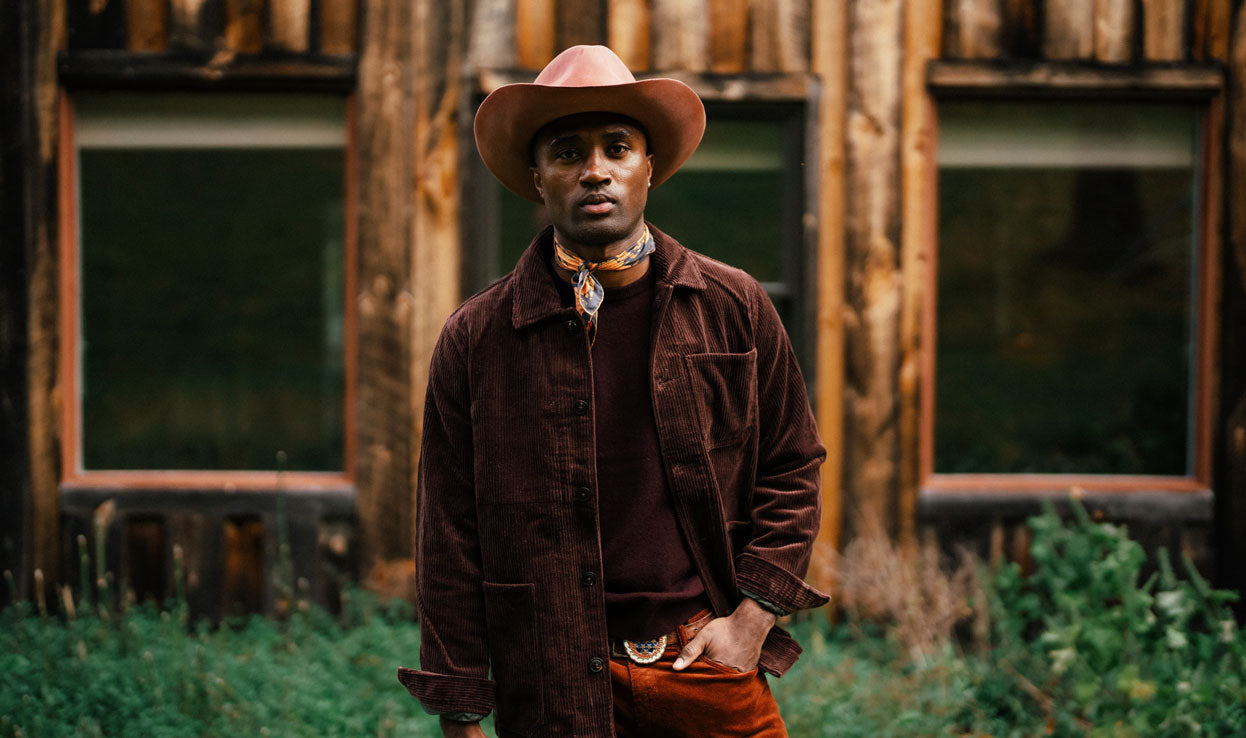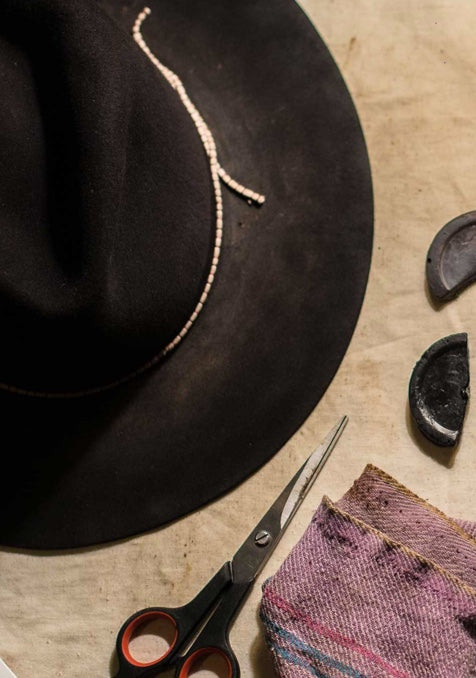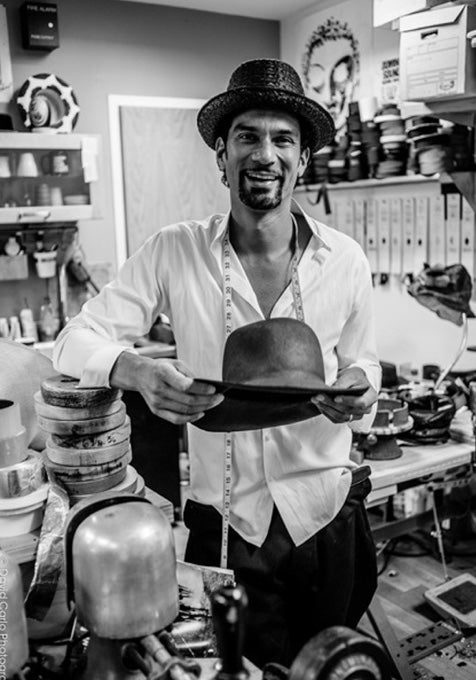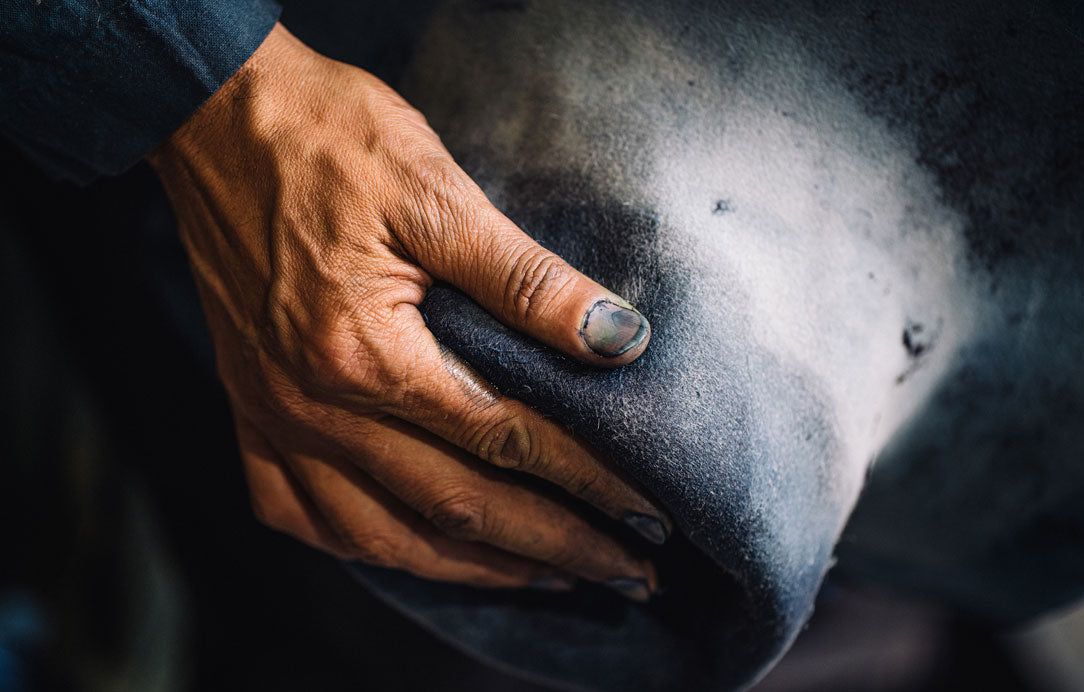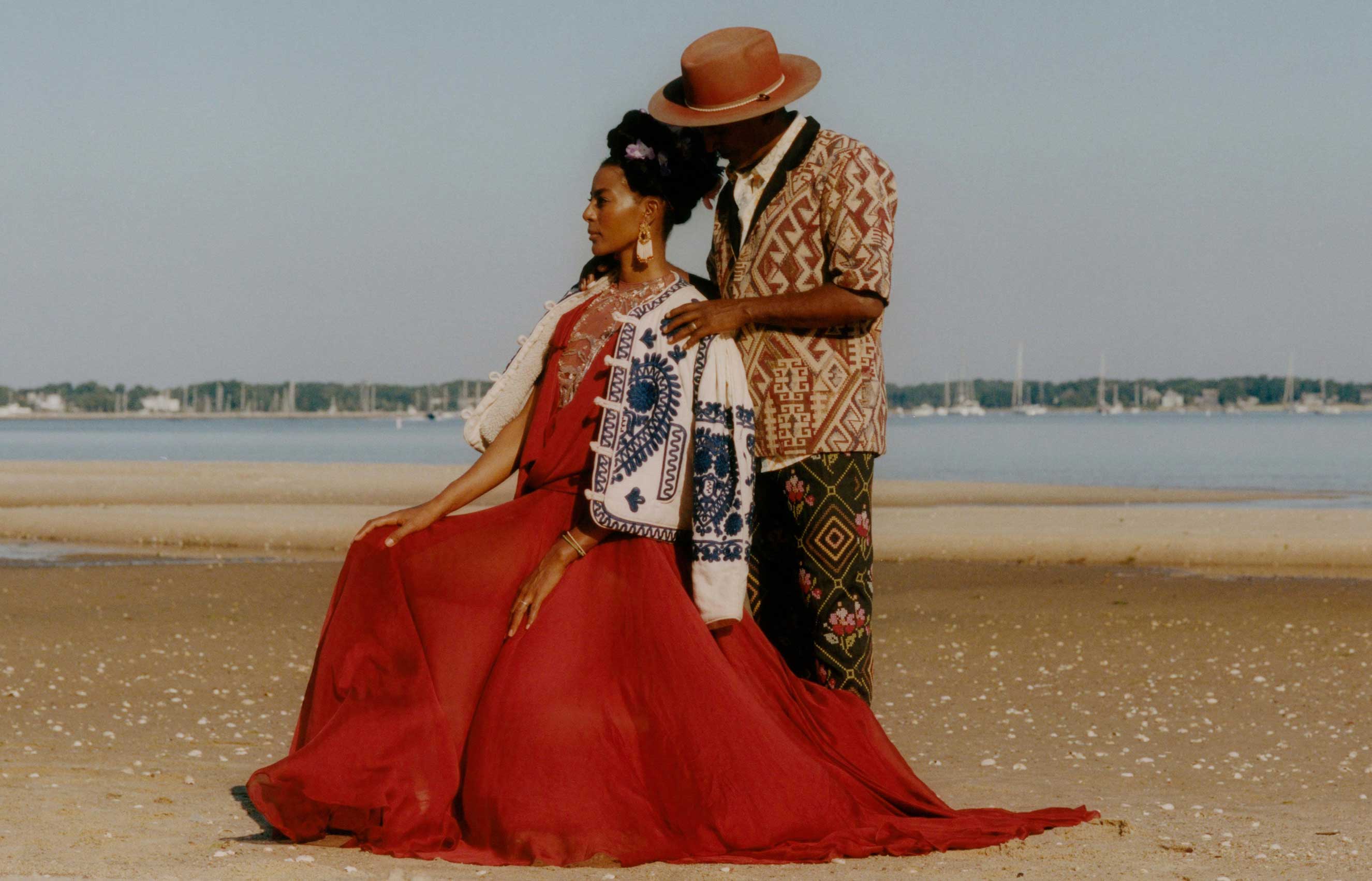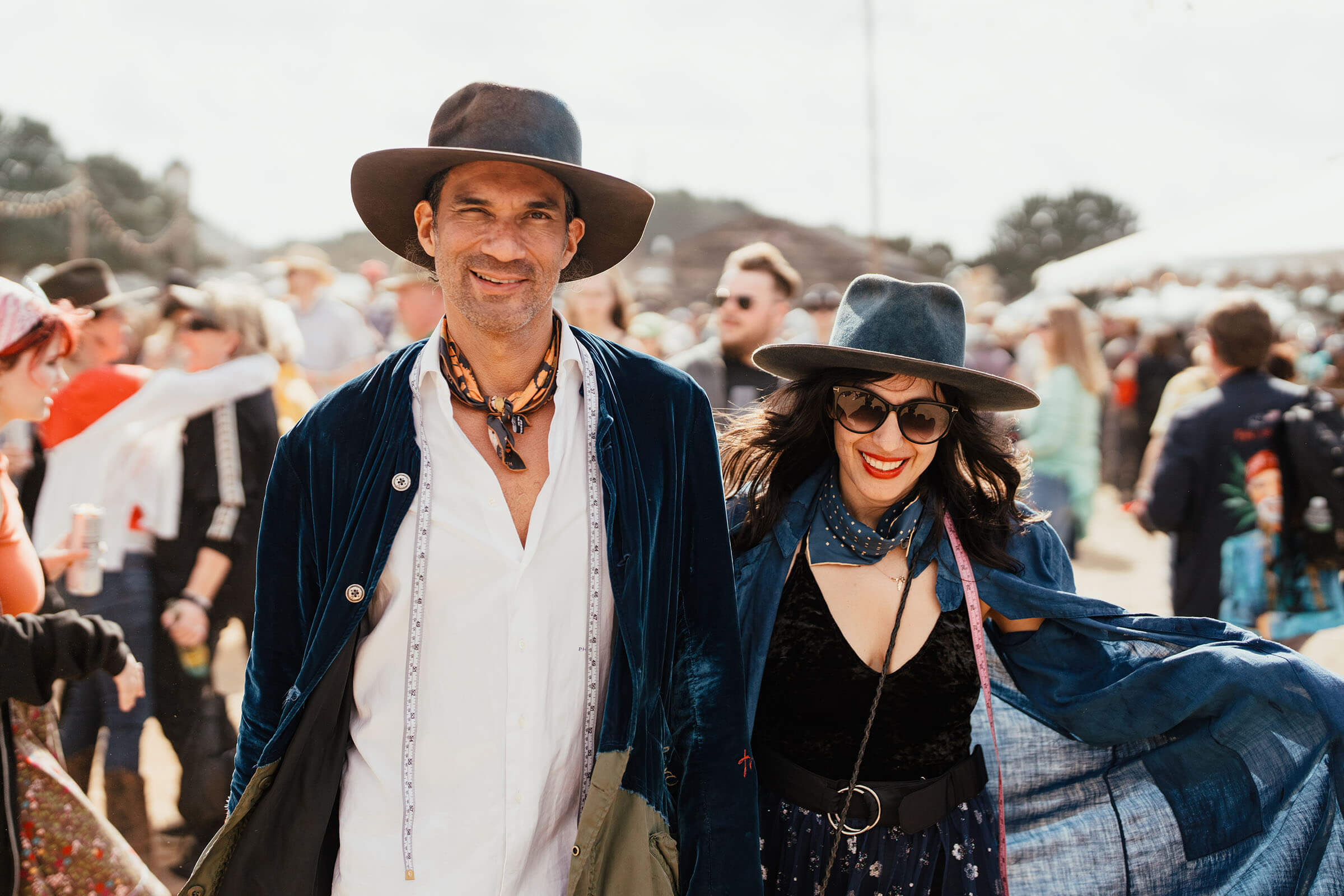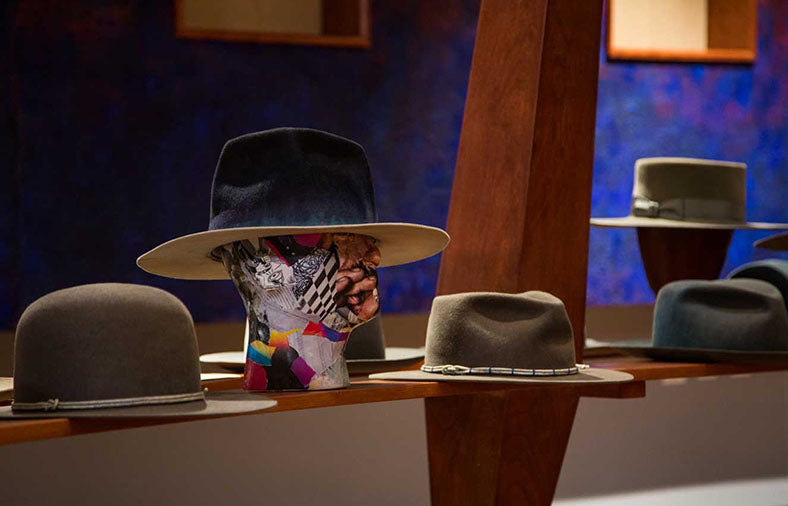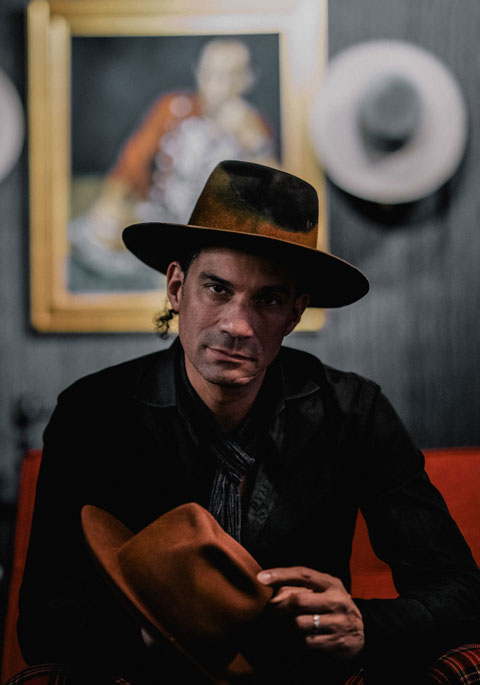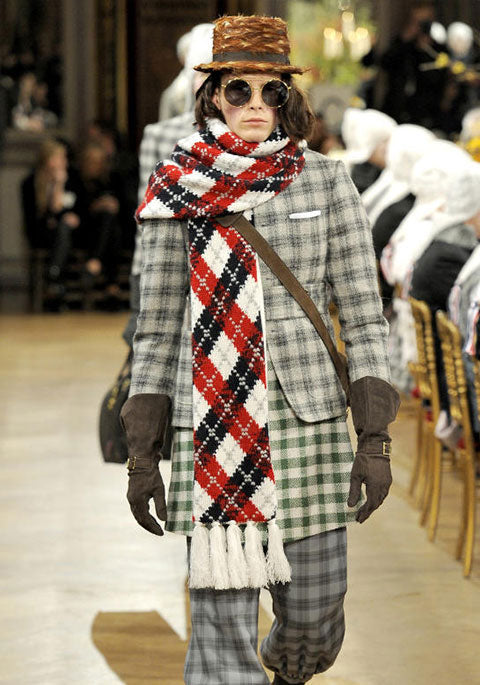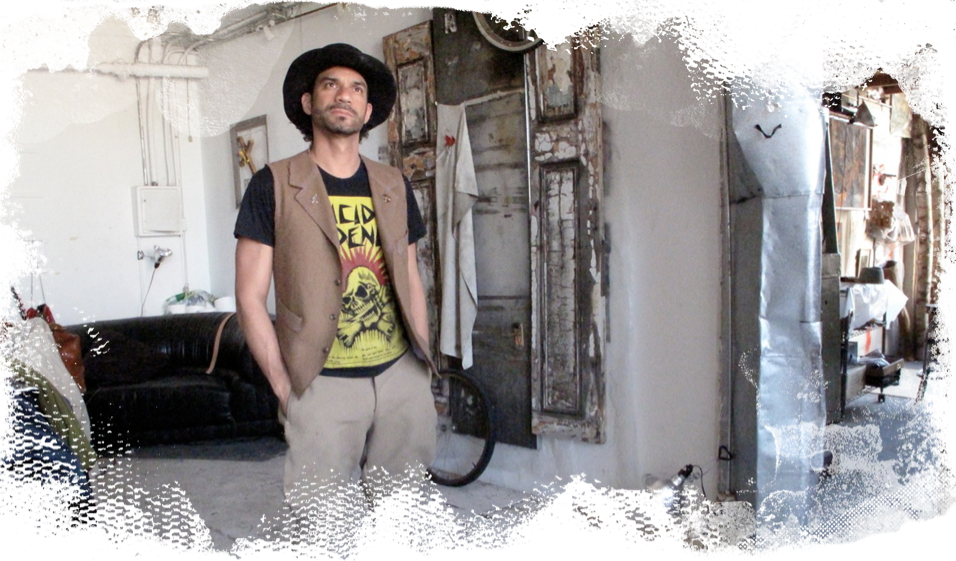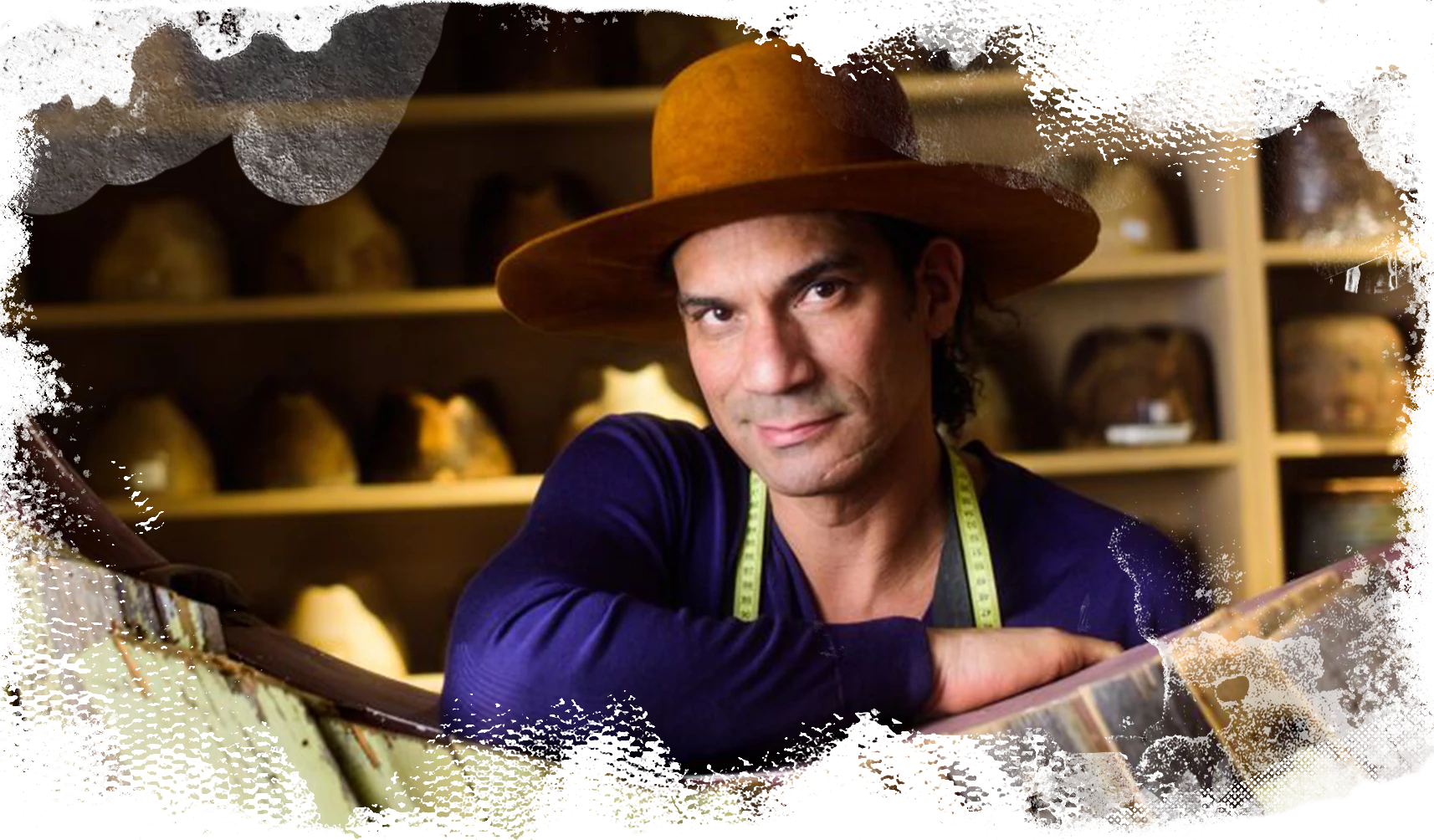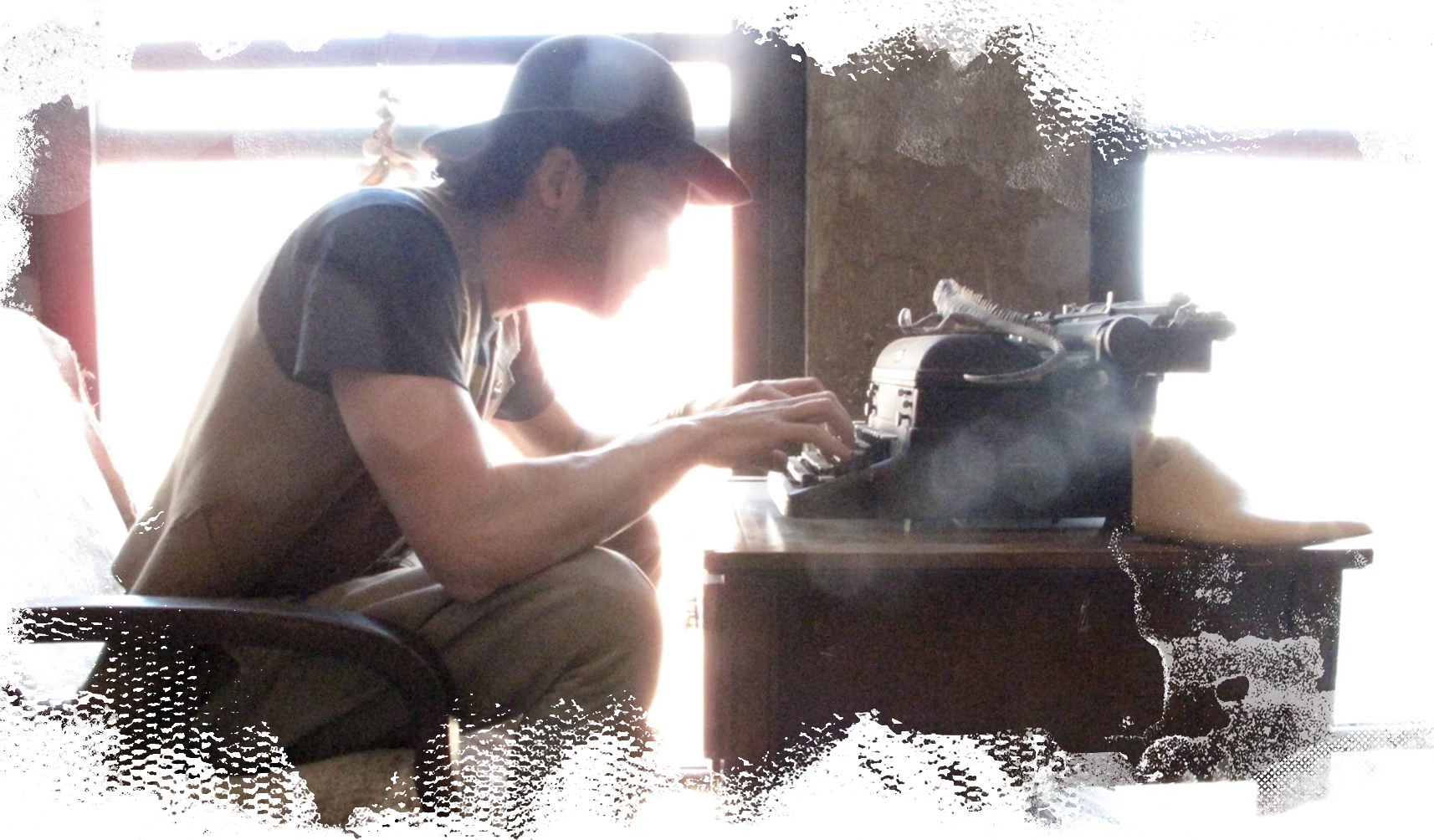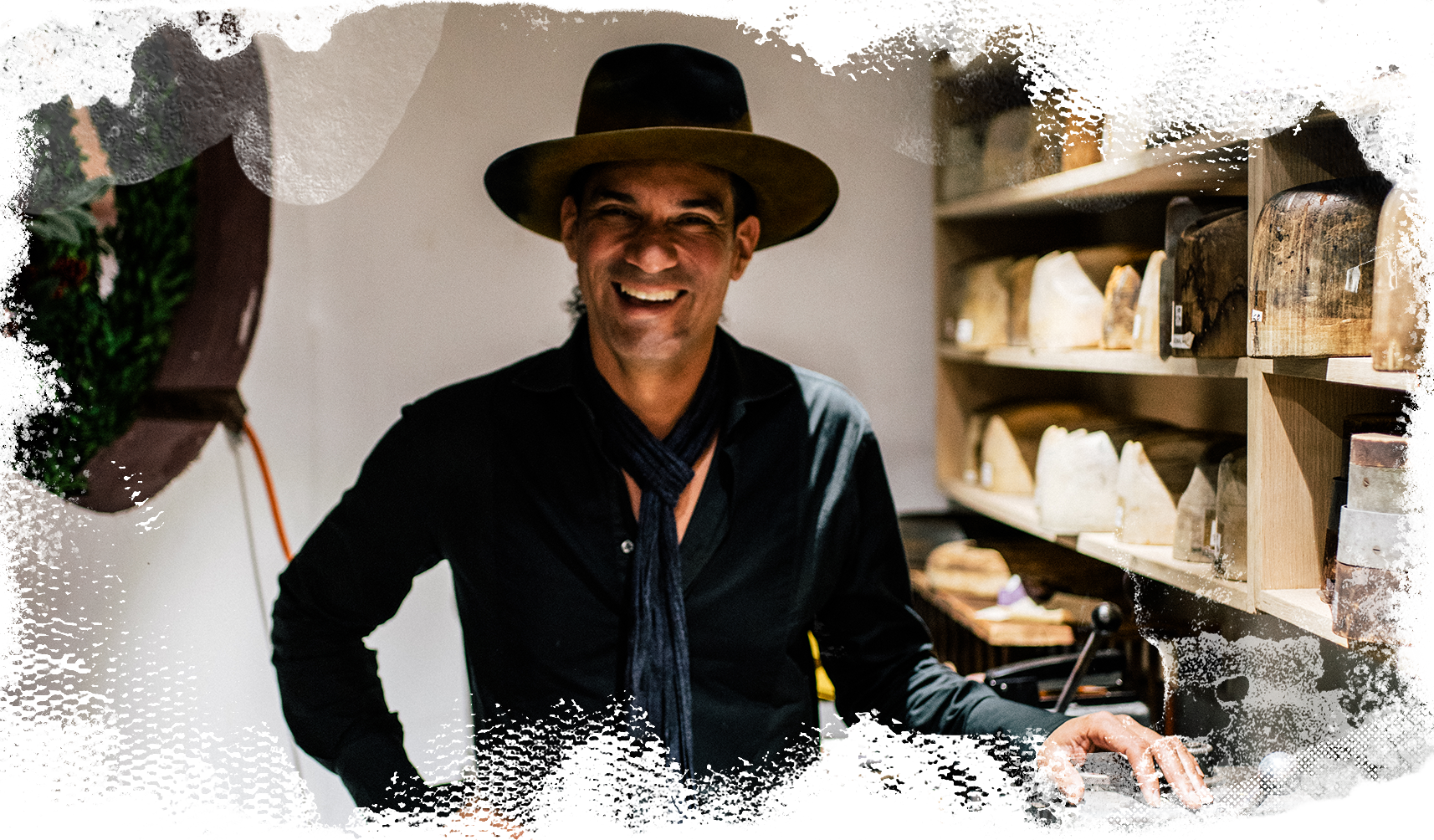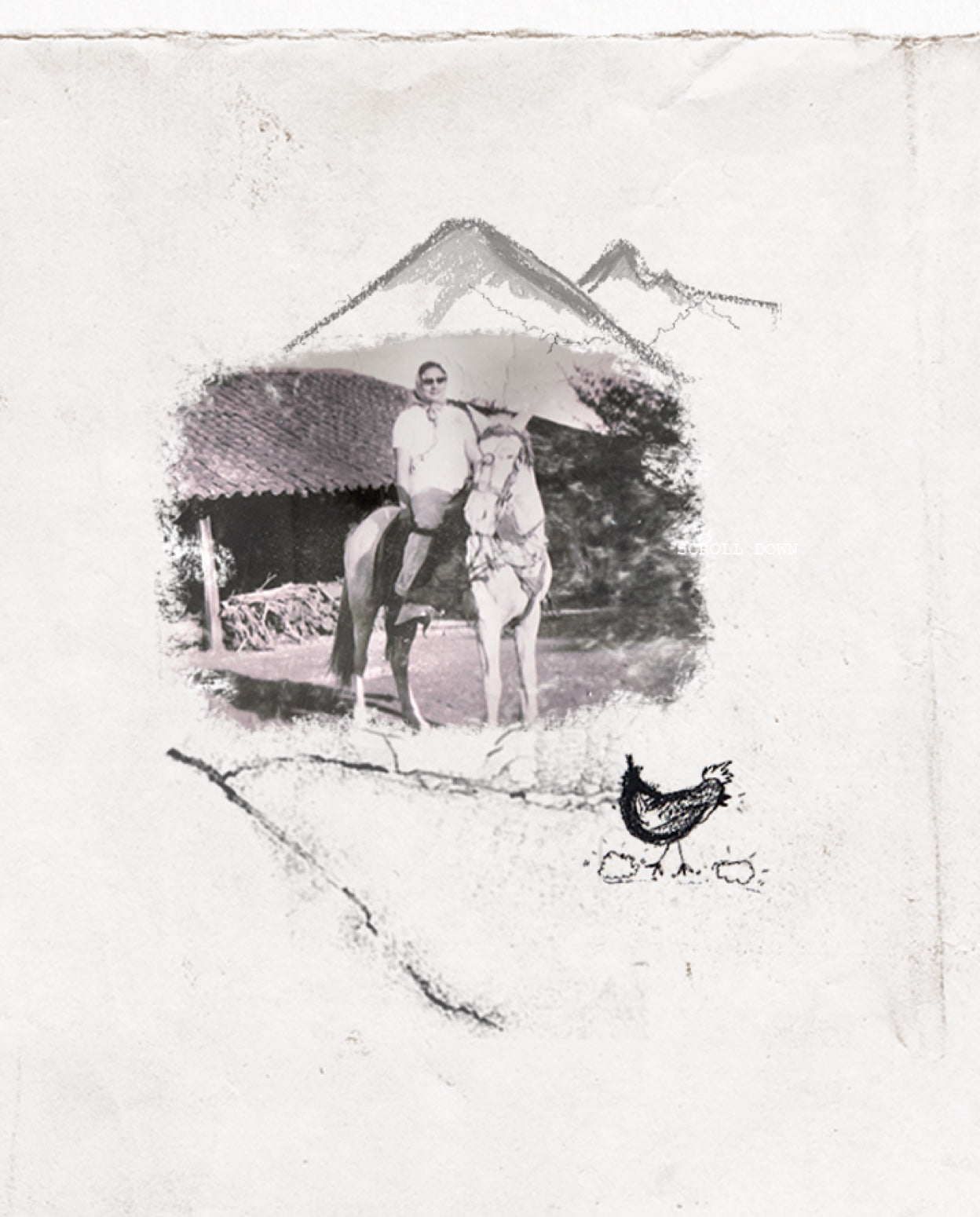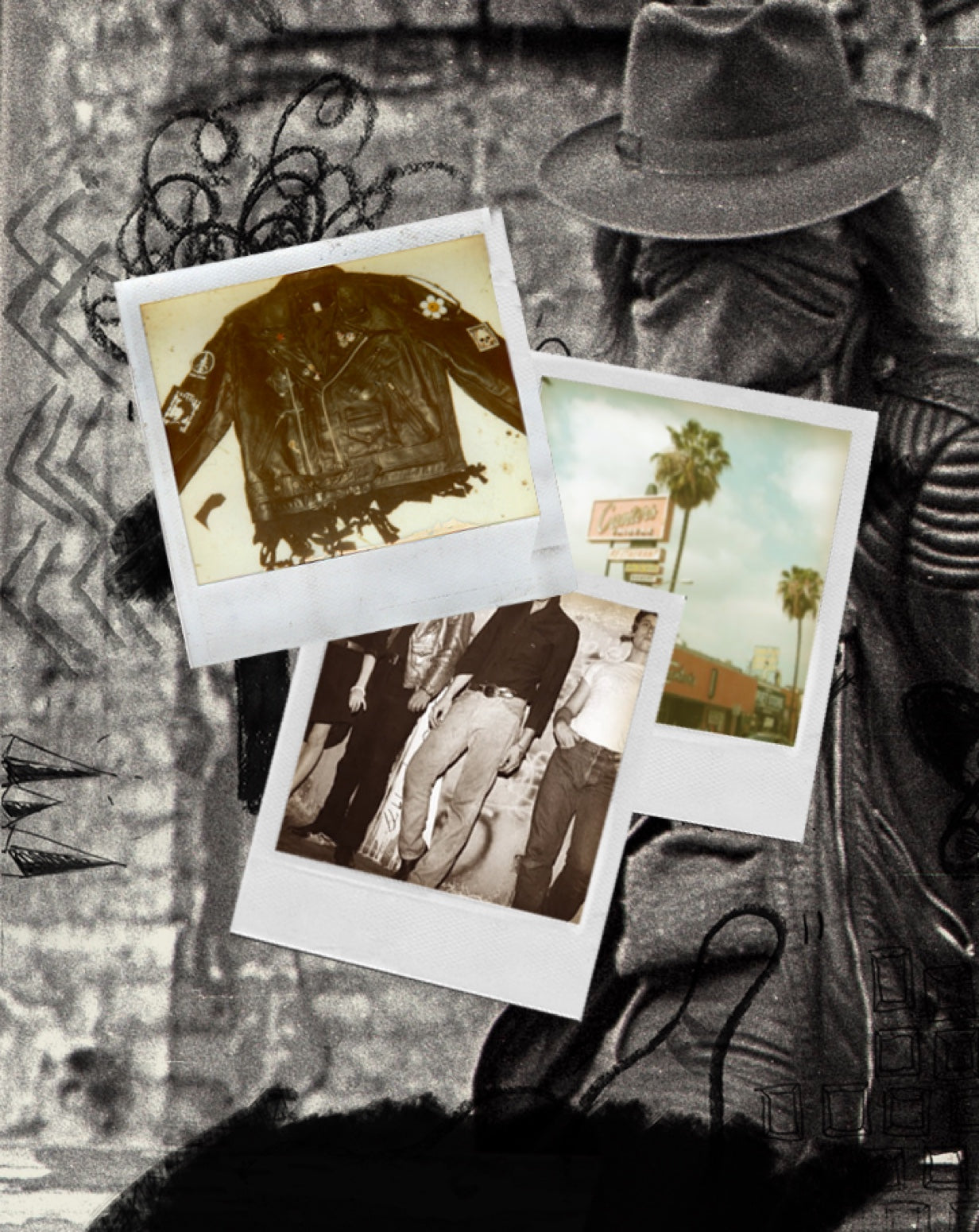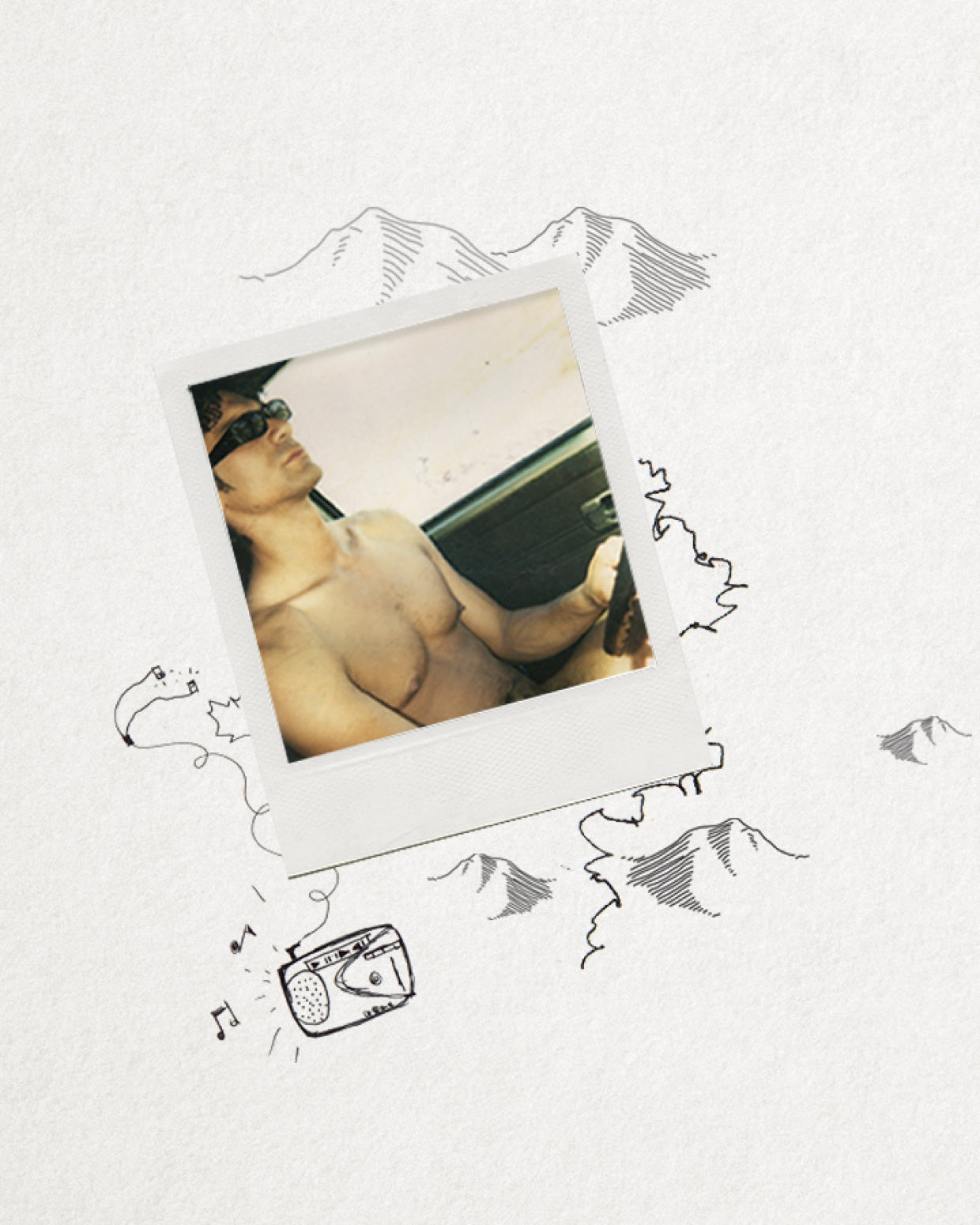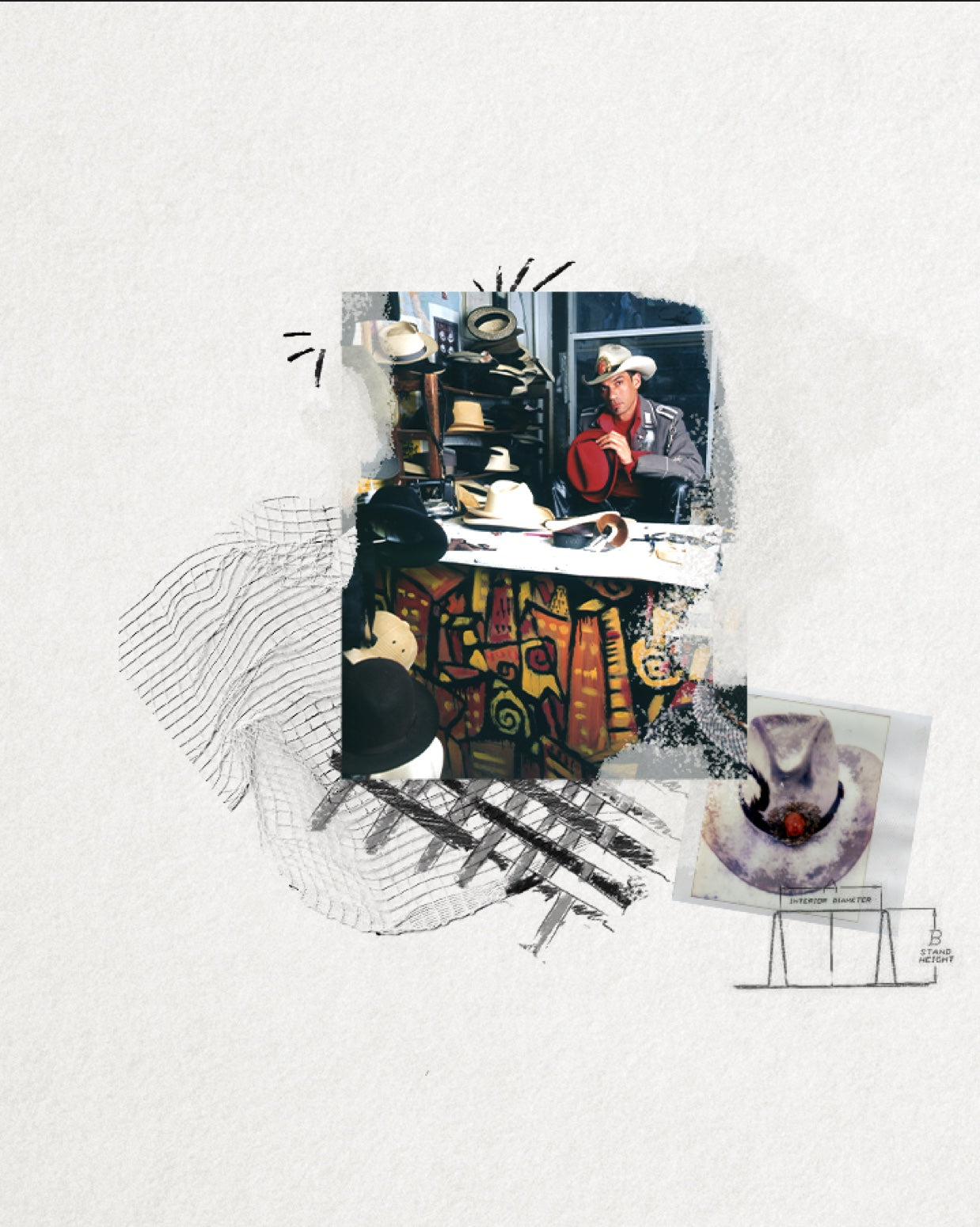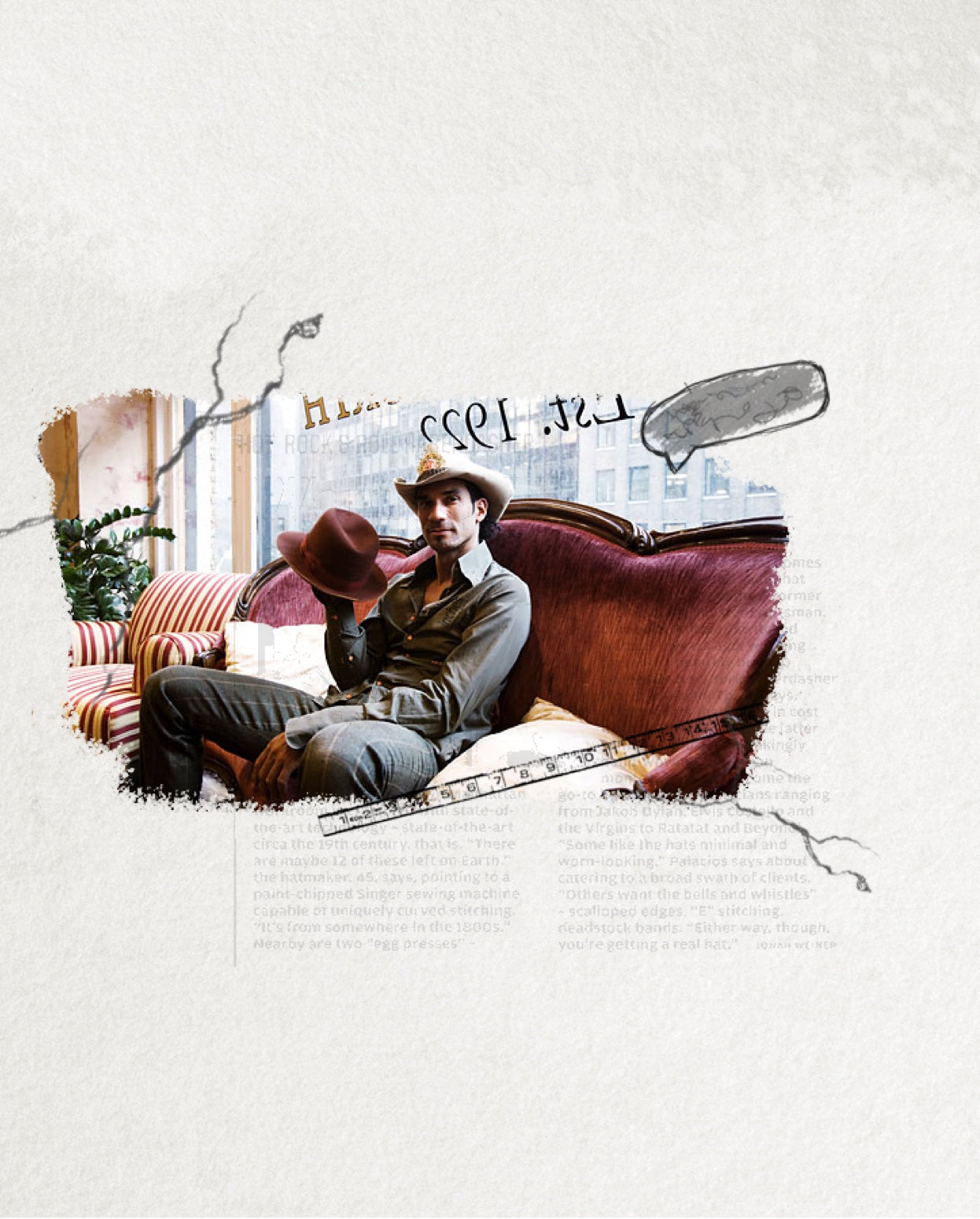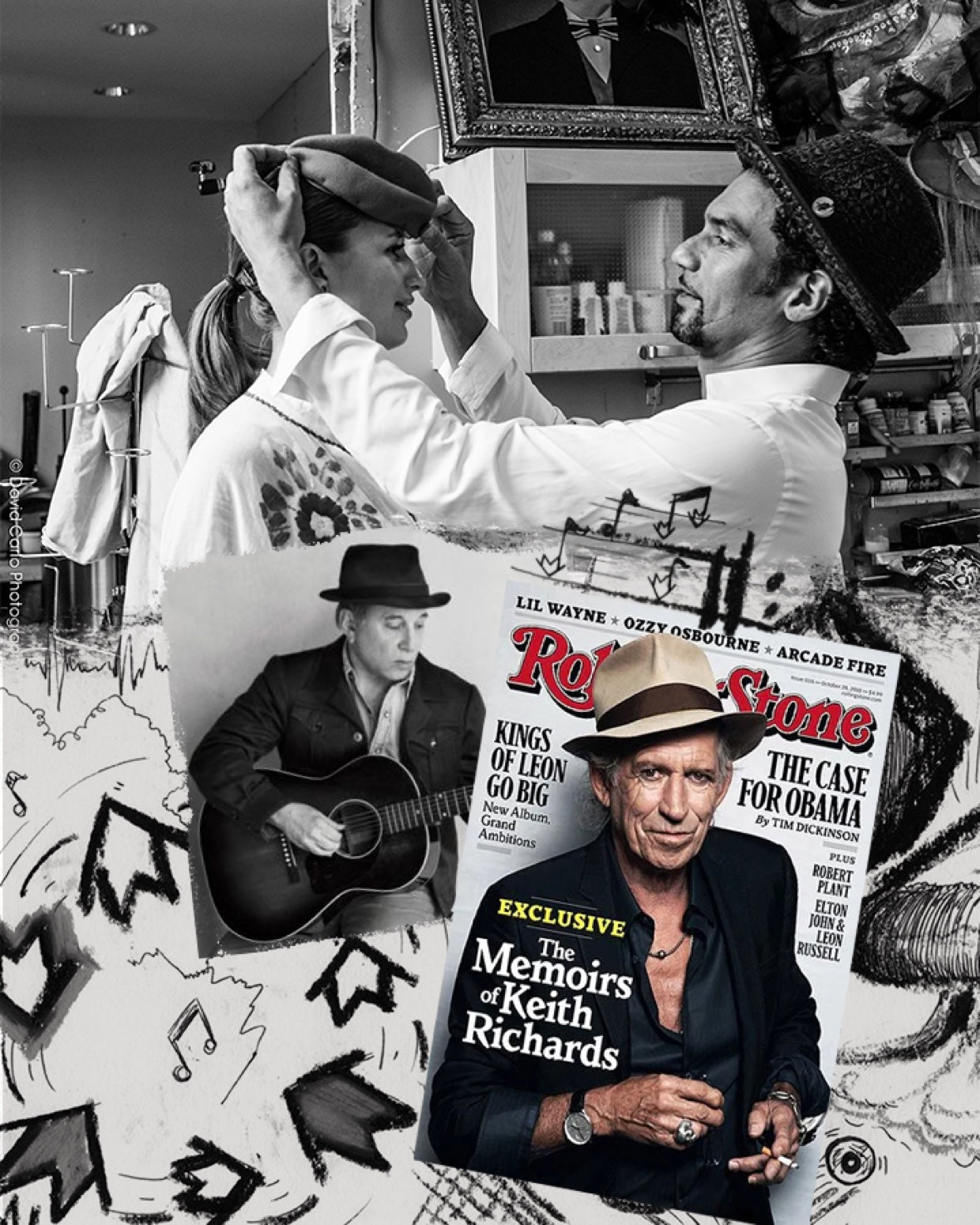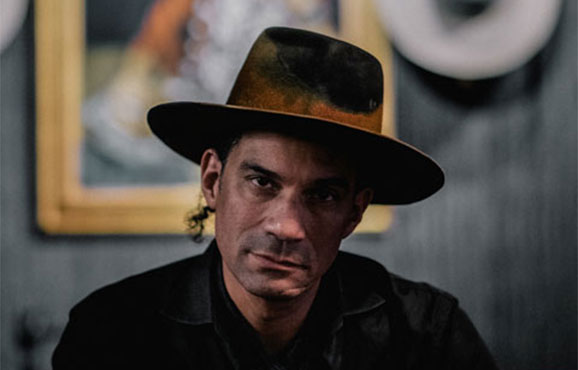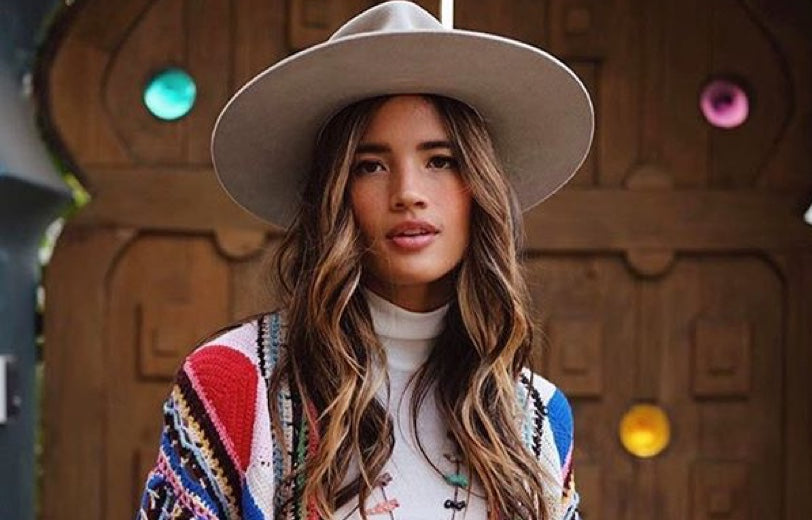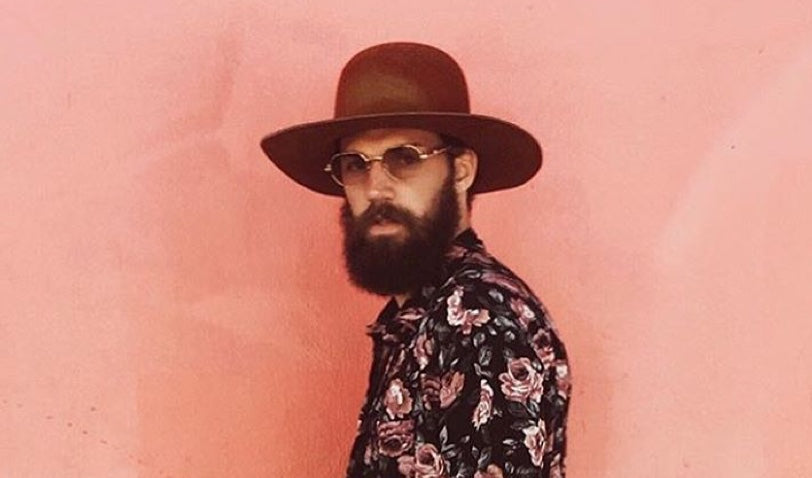It was the day after Christmas, and I had given everyone the day off. I was alone at the showroom. It was a quiet day and I was straightening up. I got a ring from downstairs that somebody was on their way up. I answered the door and a nice gentleman in his thirties came in.
He was enthusiastic about hats, so I indulged him with all my knowledge. He was there for quite a bit, asking me questions about how the hats are made, where I got the raw materials, how I got involved, everything from soup to nuts. While we were talking, I got another ring from downstairs that another client was coming up to look at hats. The new client comes in and starts looking around and I'm still with the first gentleman, fitting him for a hat. The second man was at the other end of the shop, some 15-20 feet away and starts trying hats on. I noticed from the corner of my eye that he's trying on hats much too large for him.
So I spoke up from across the room to tell him he was a 7 3/8". The first man with a bewildered look asks how did I know that second man's hat size?
I explained that I started my craft by carving hat molds and I understand dimensions quite well. Later that week I received a phone call from the New York Times saying they want to send a photographer to take photos of me and my shop for an article. I thought, Wow...Great... I was expecting a reporter to come along but when the photographer showed up he was alone. When I asked the photographer where the reporter was, he responded the interview had already taken place. I was like, 'huh?'
A few weeks had past and one morning, I was reading the Times, and there it was the article about our shop in the Style section. It was a detailed article about our hats and there was a quote about me and the guy whose hat size I had determined from across the room. From that day forward clients would and still test my ability to decipher a hat size by merely looking at their heads. I'm batting about. 900.


